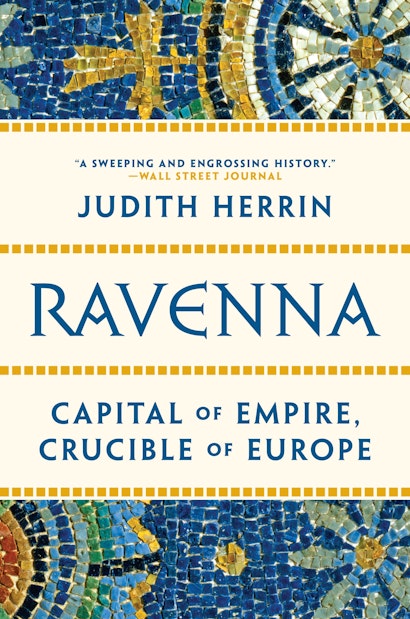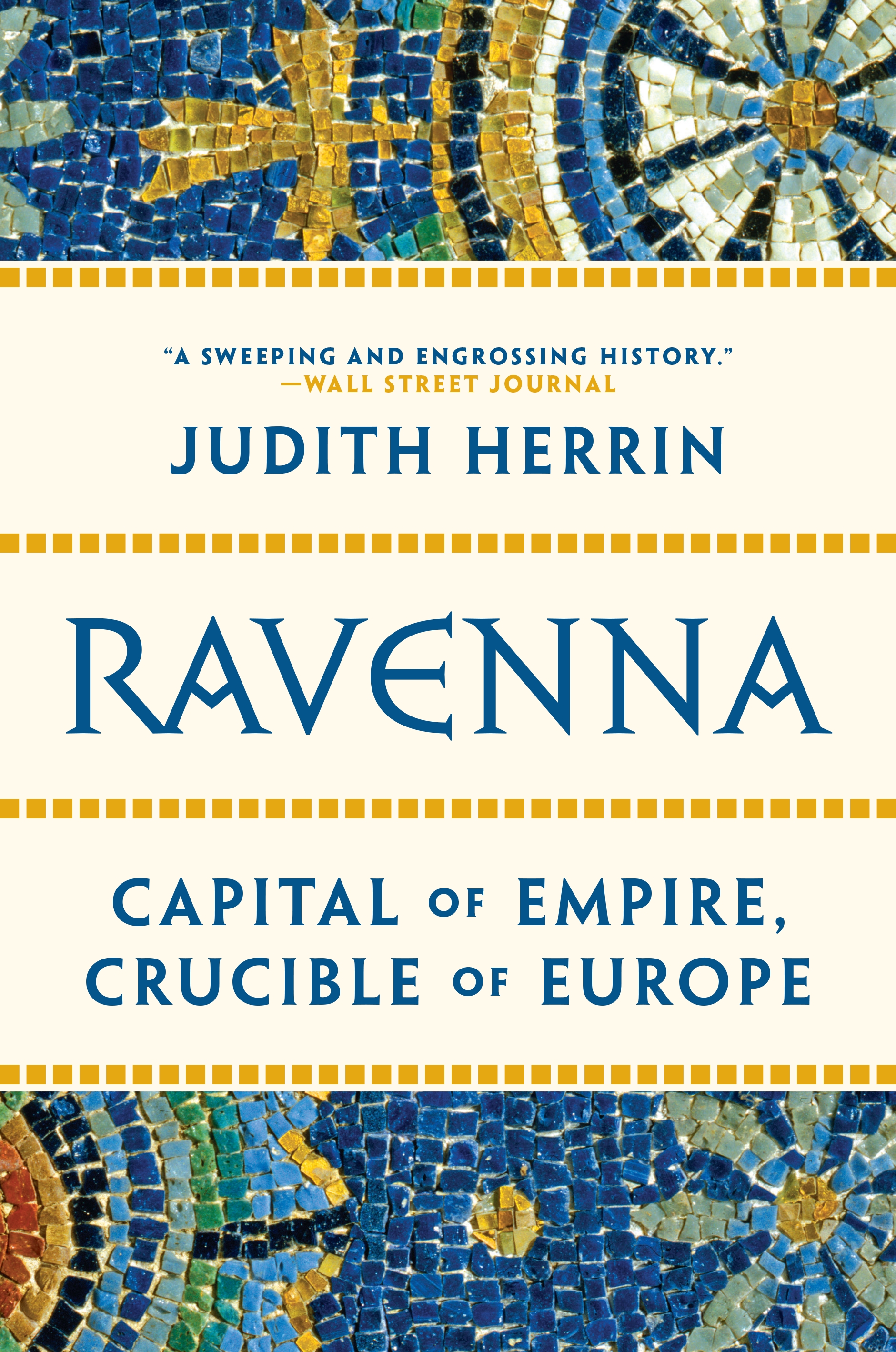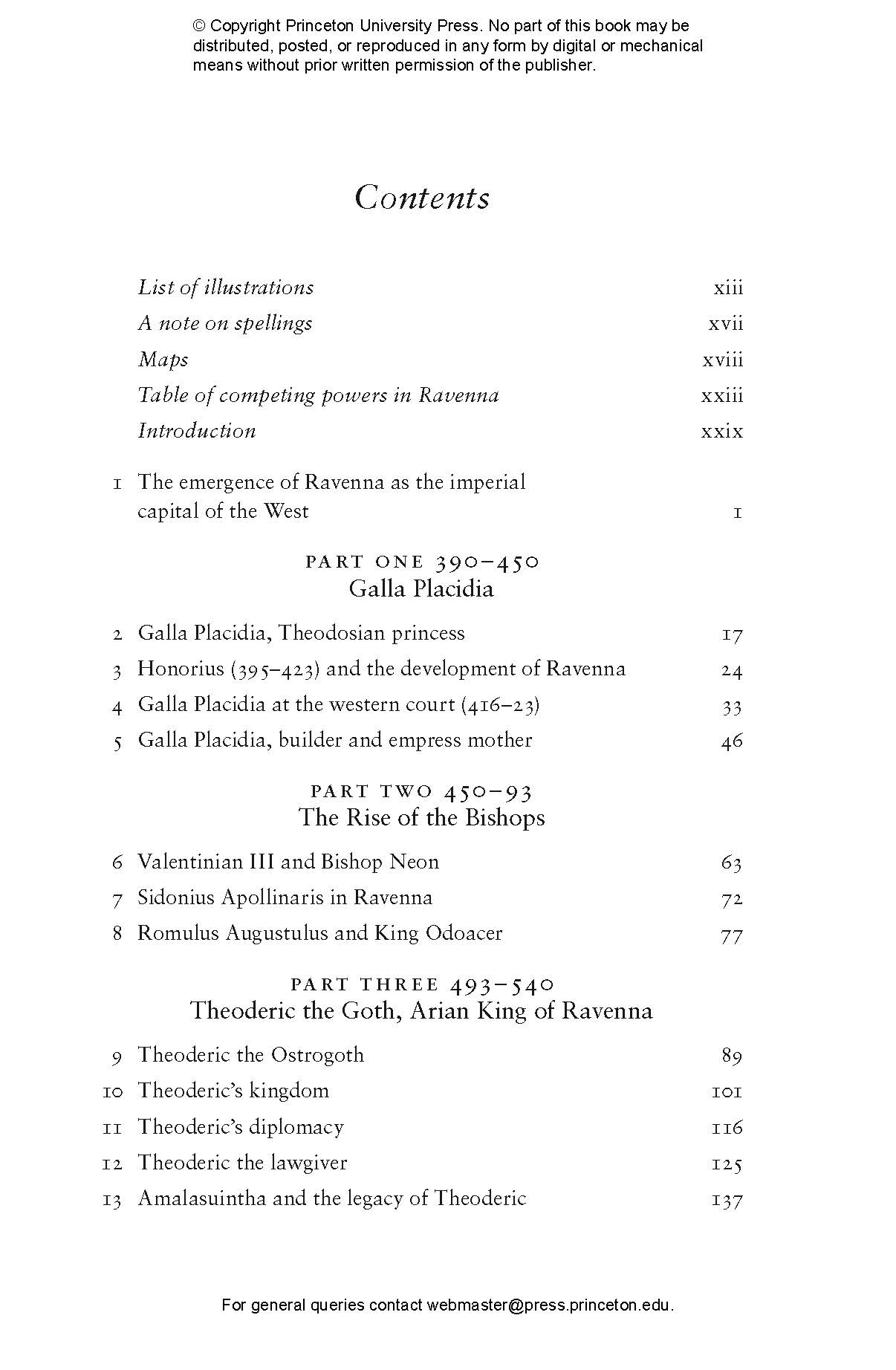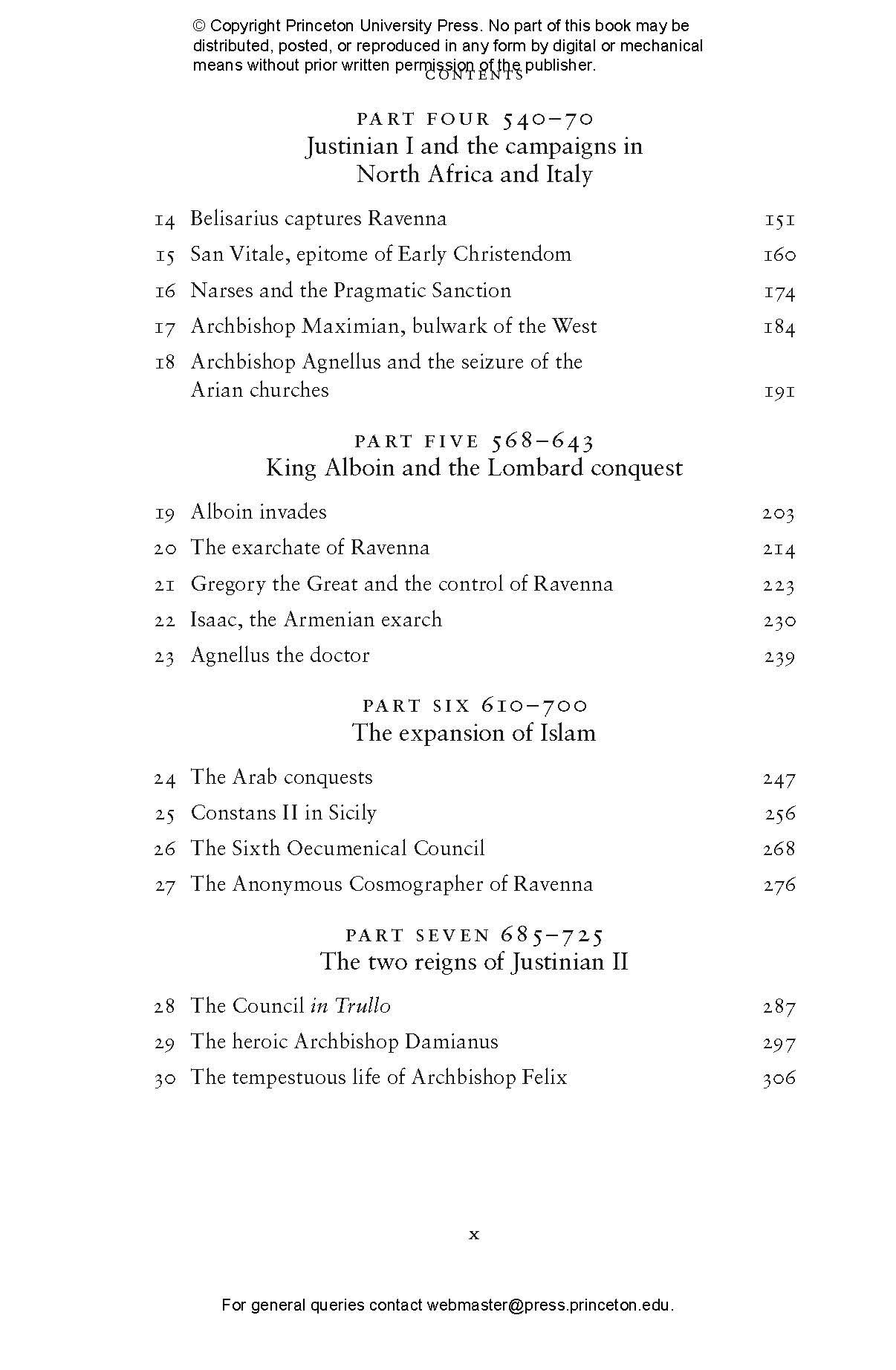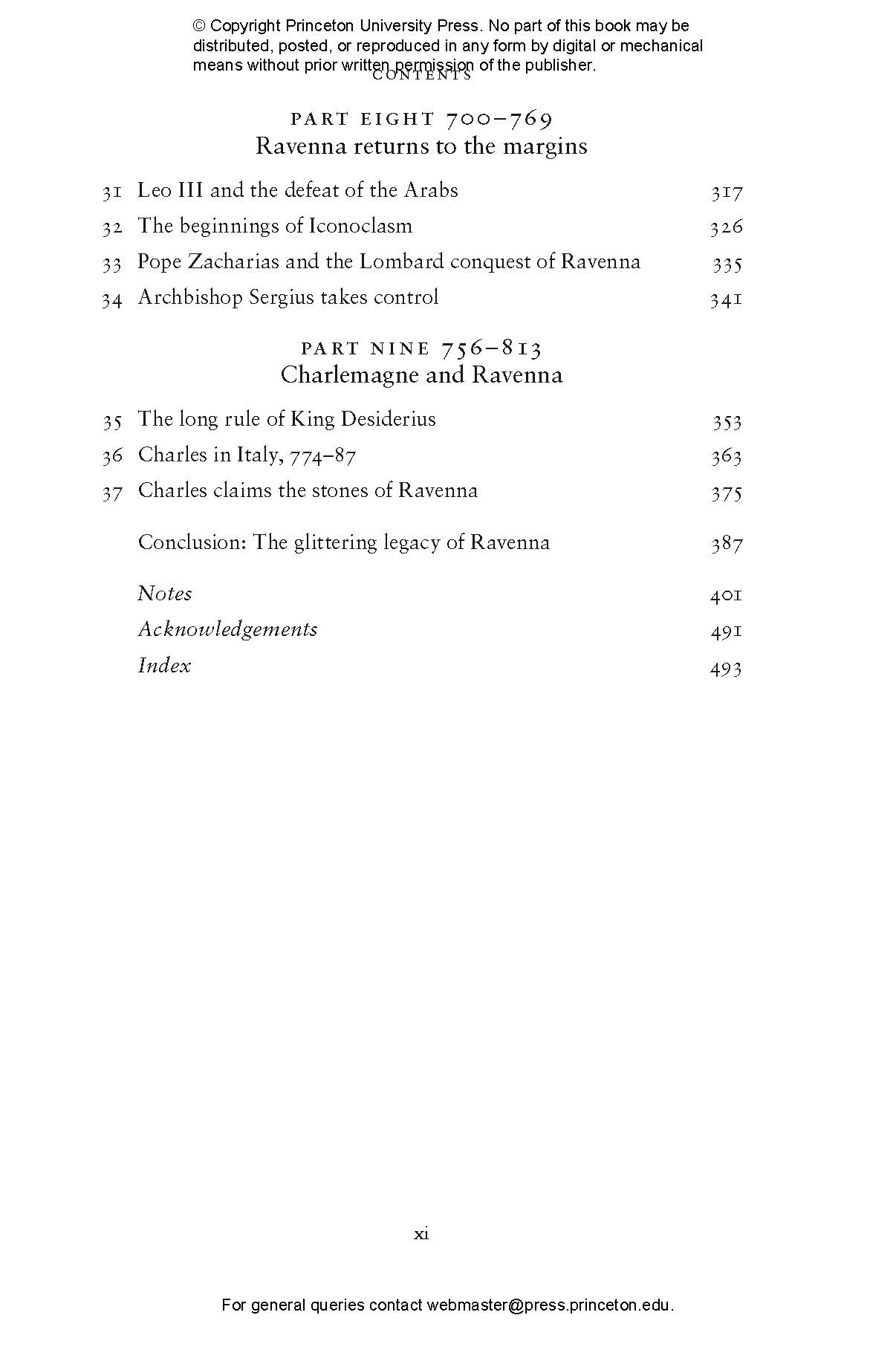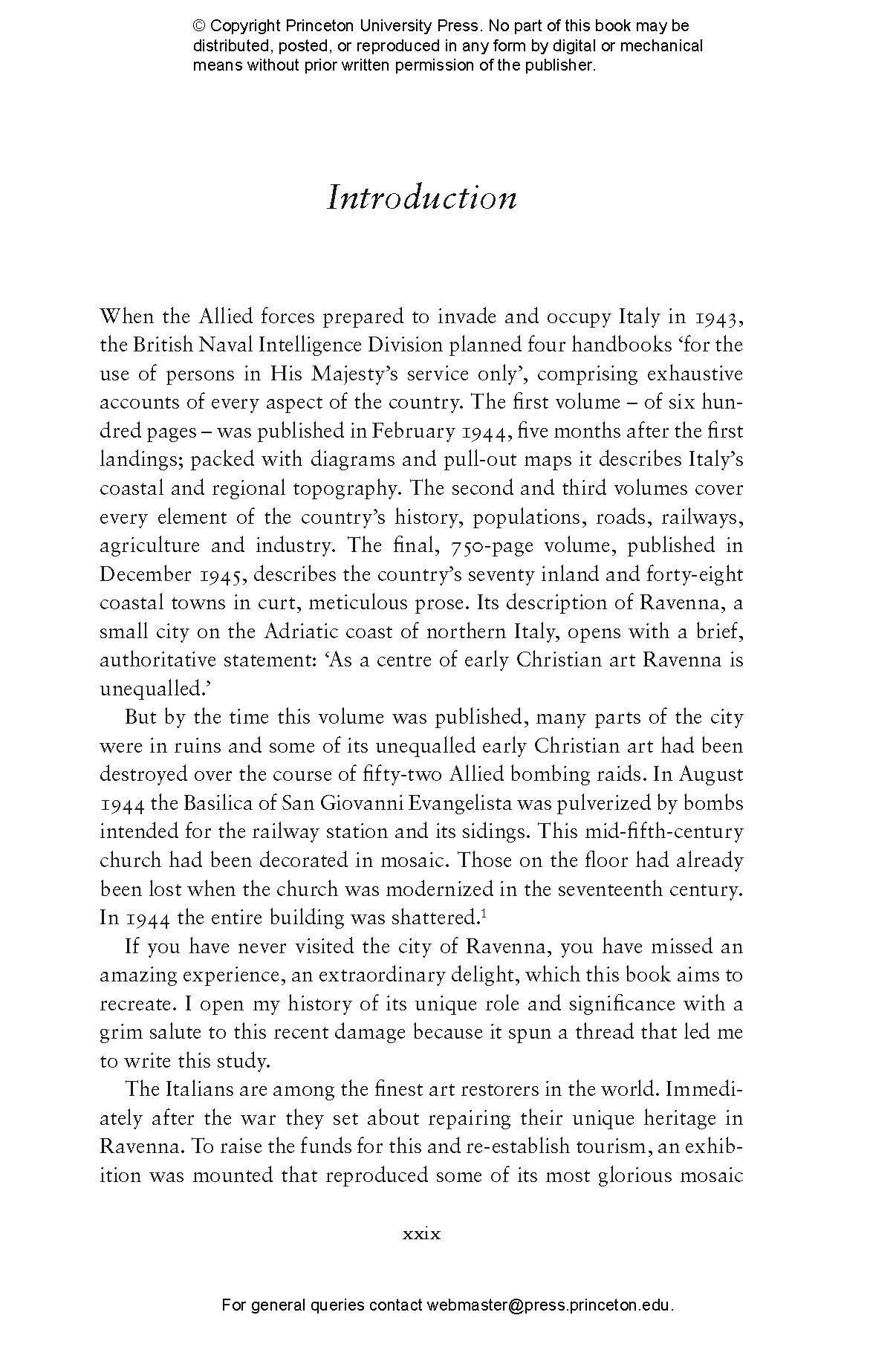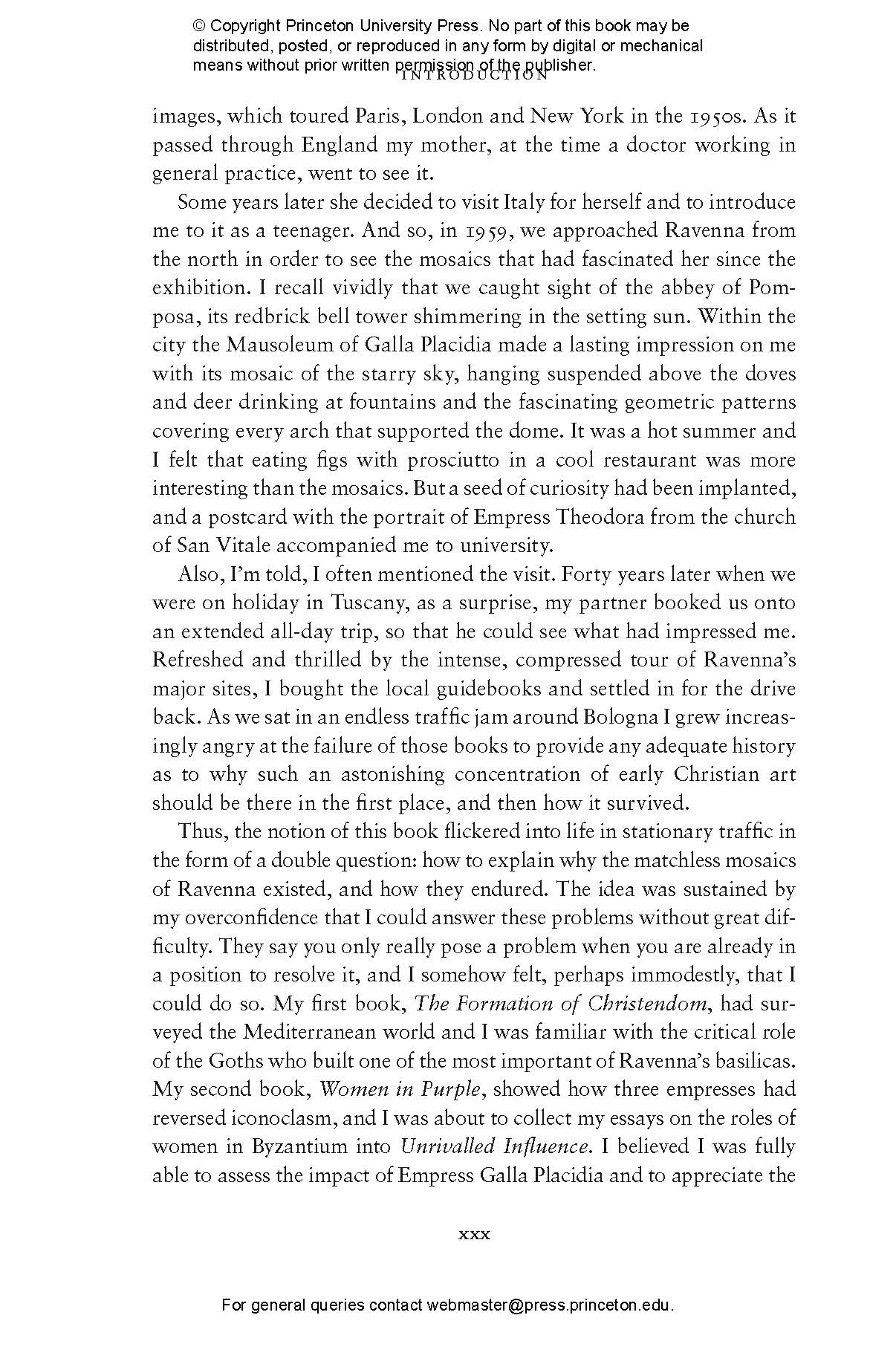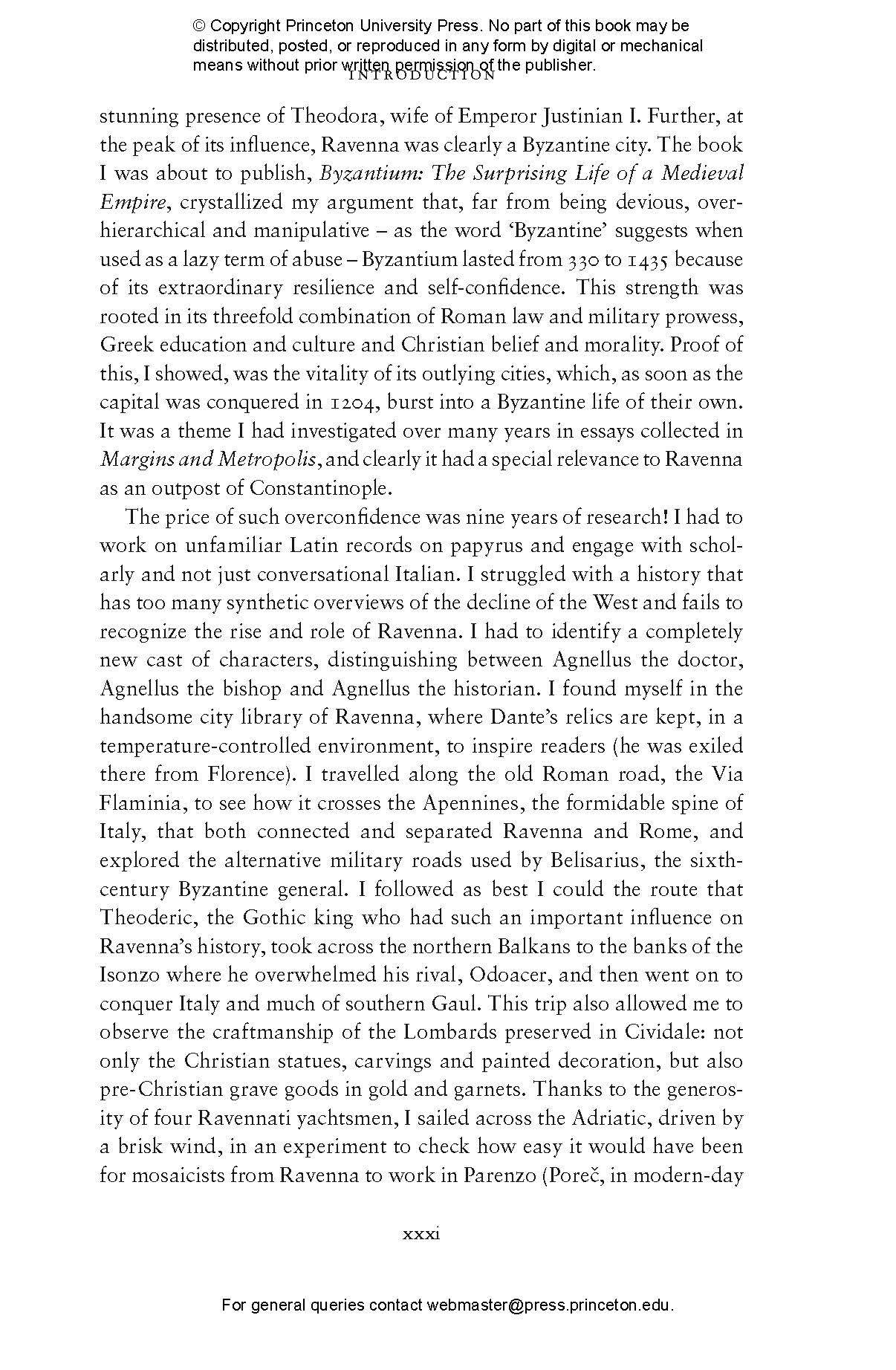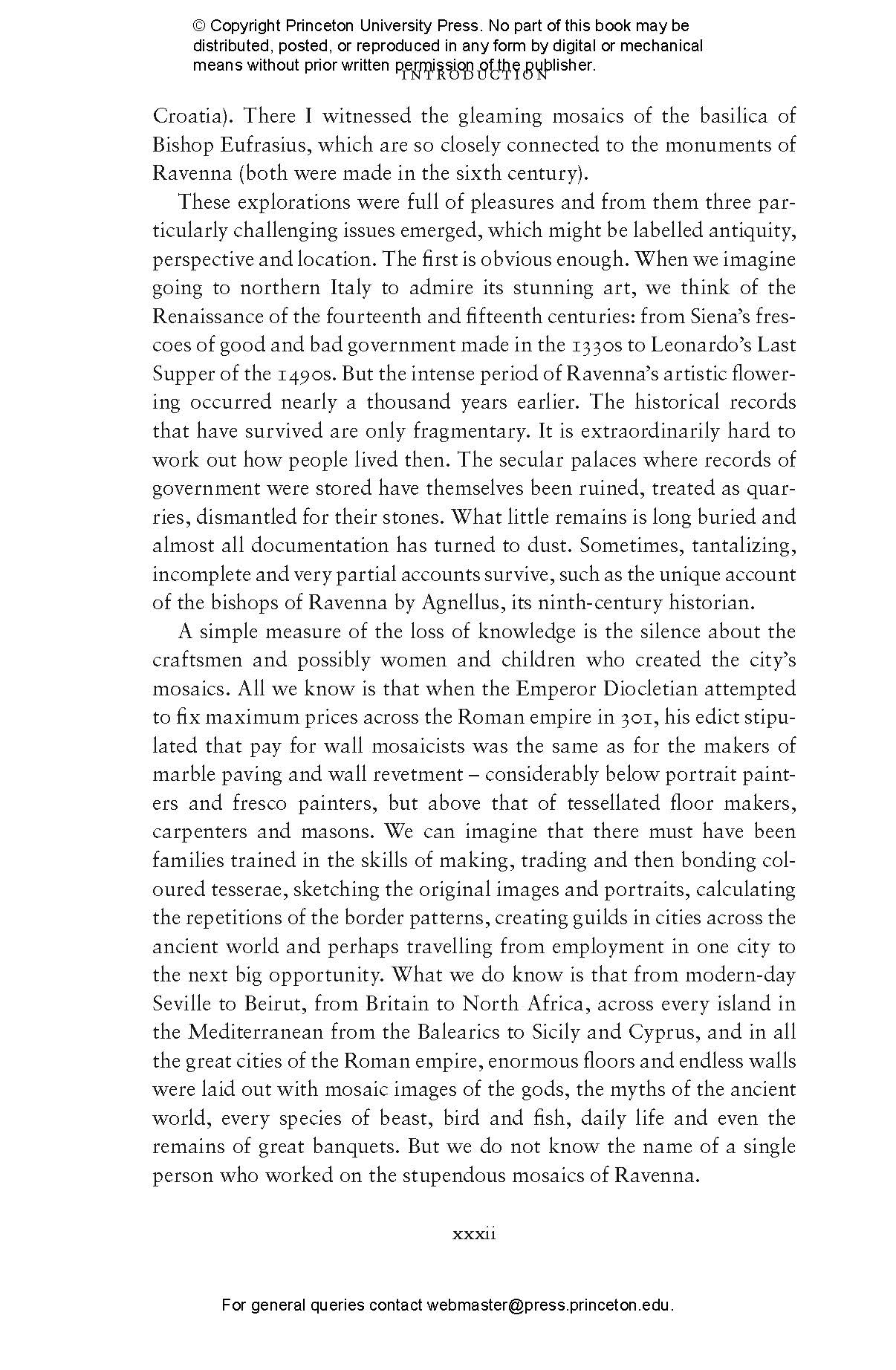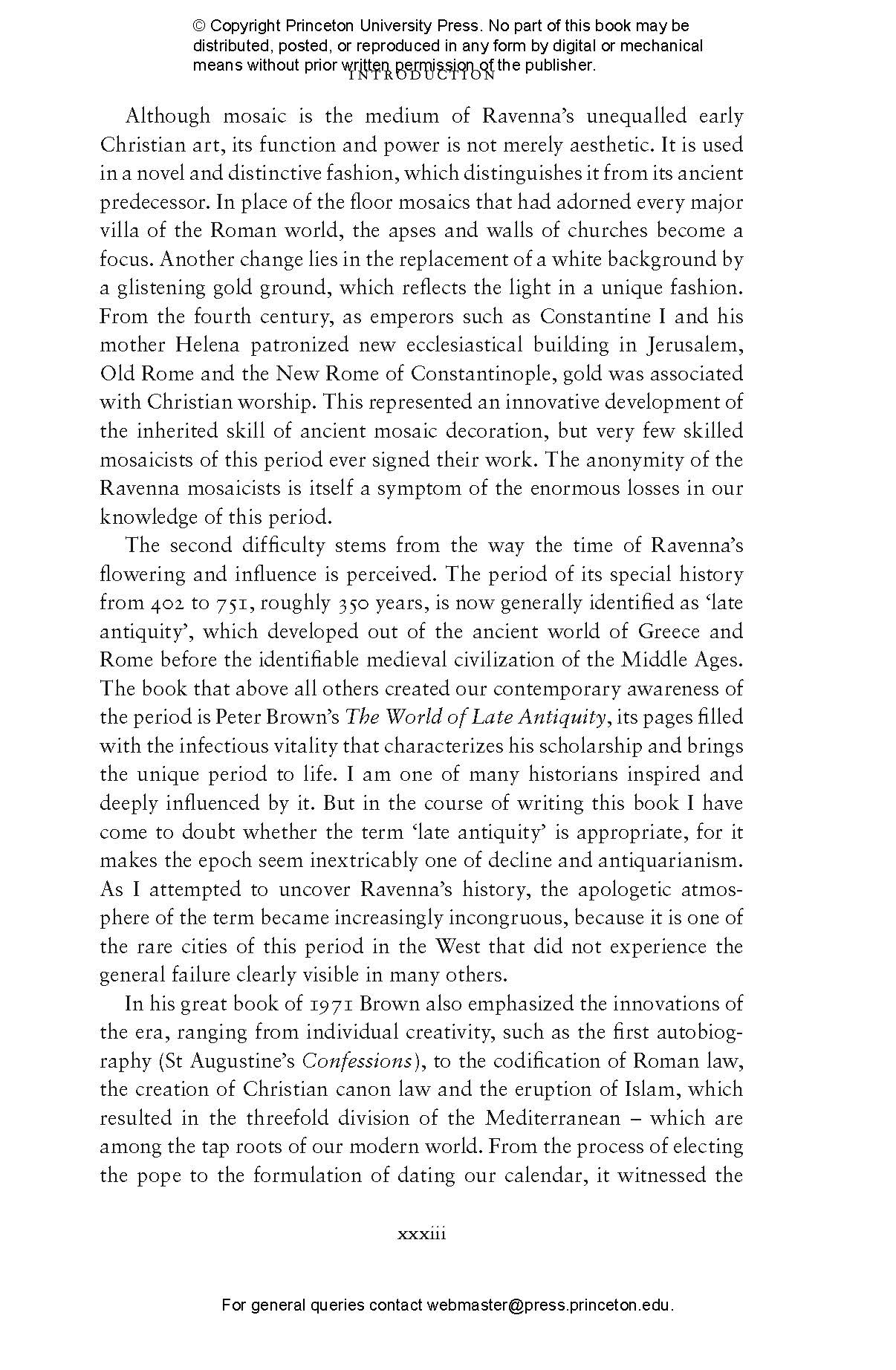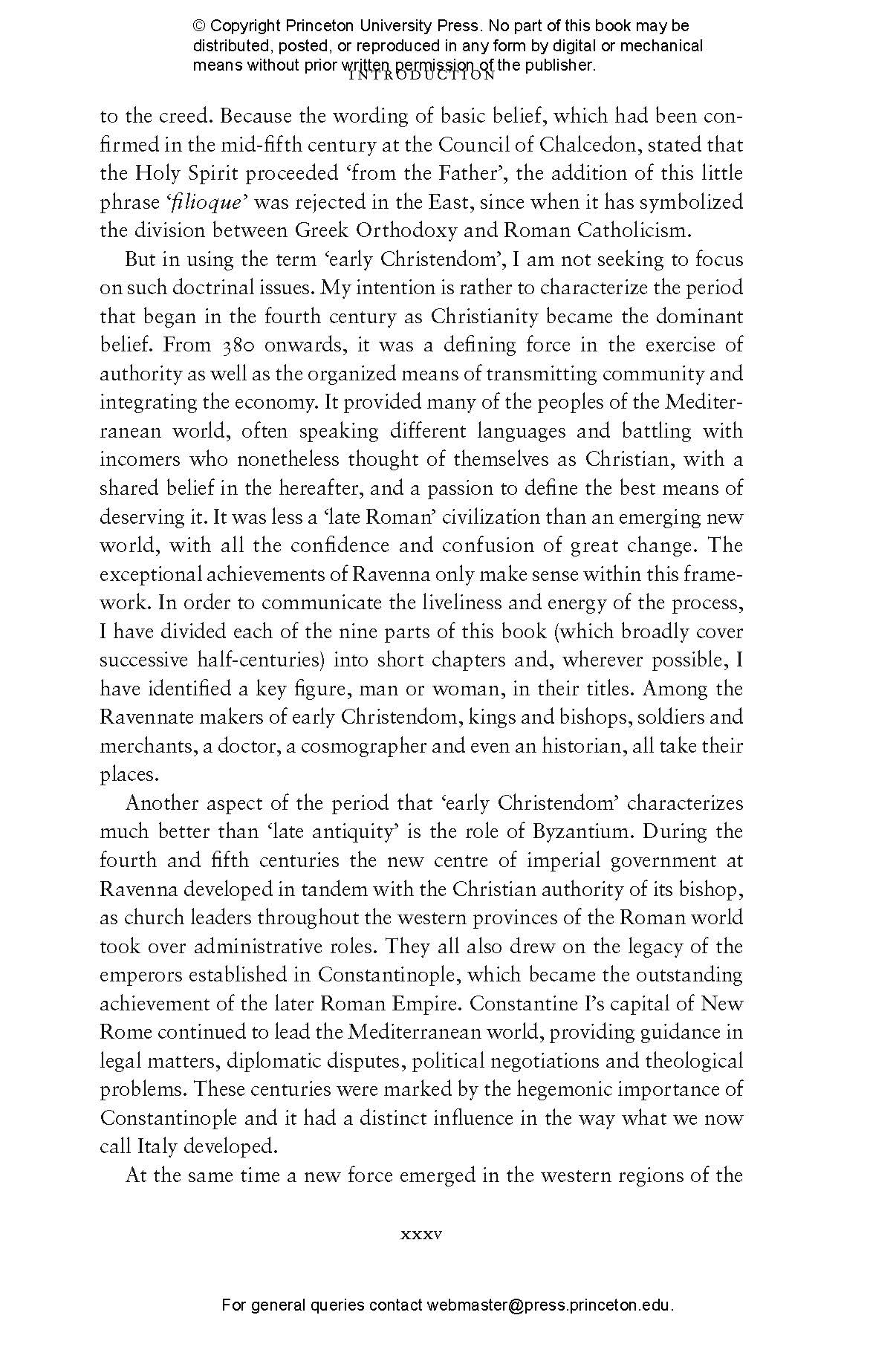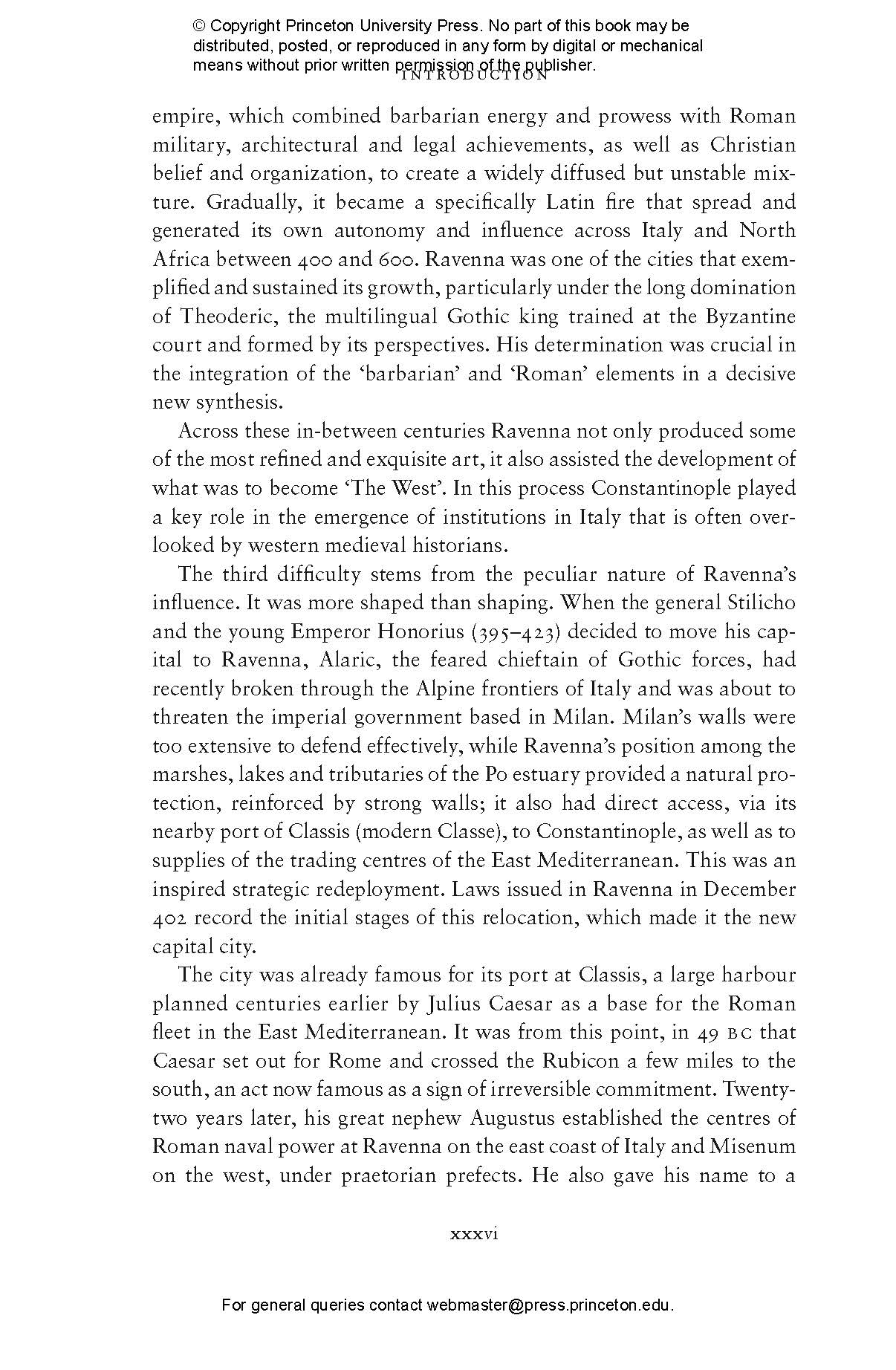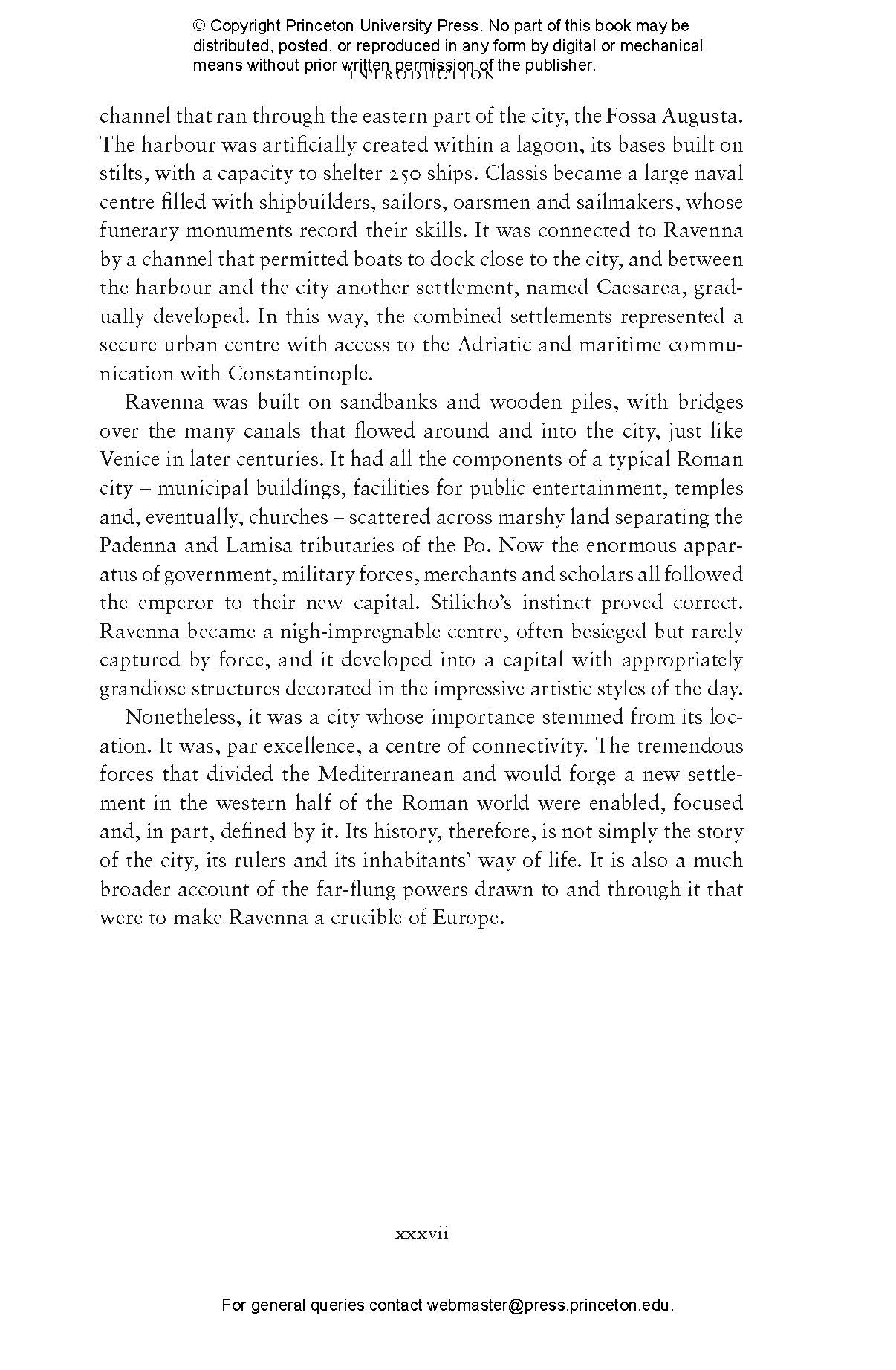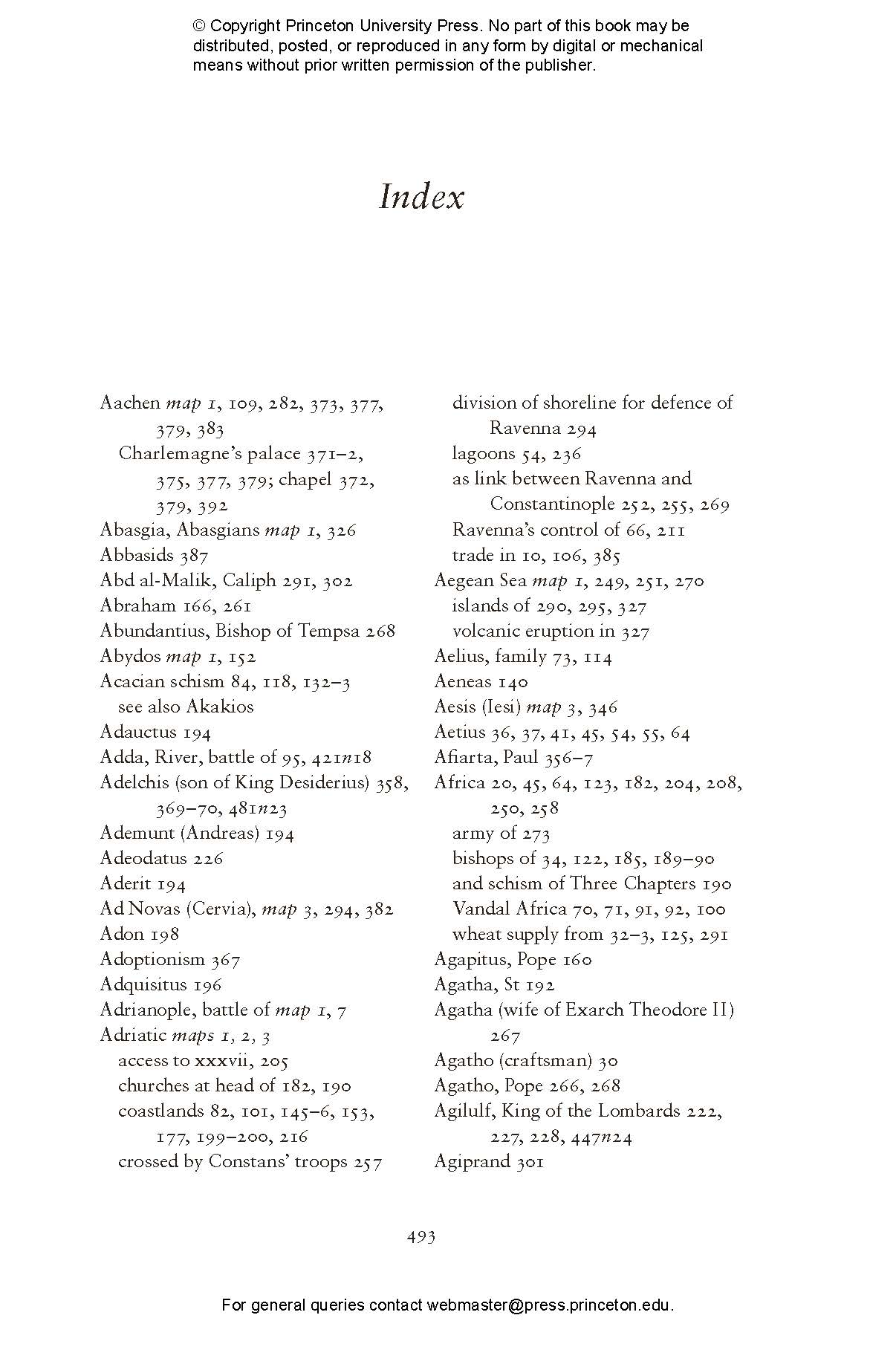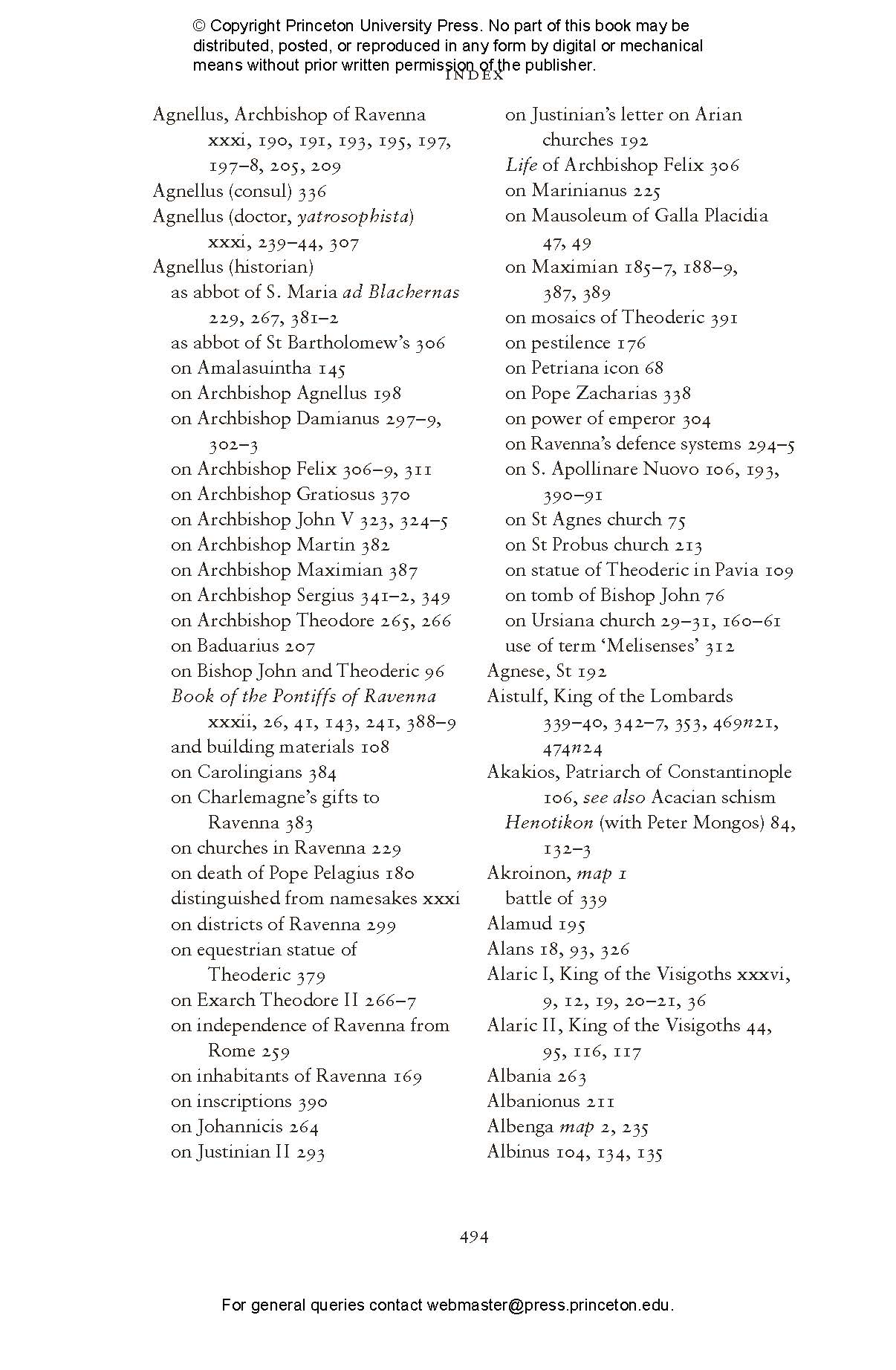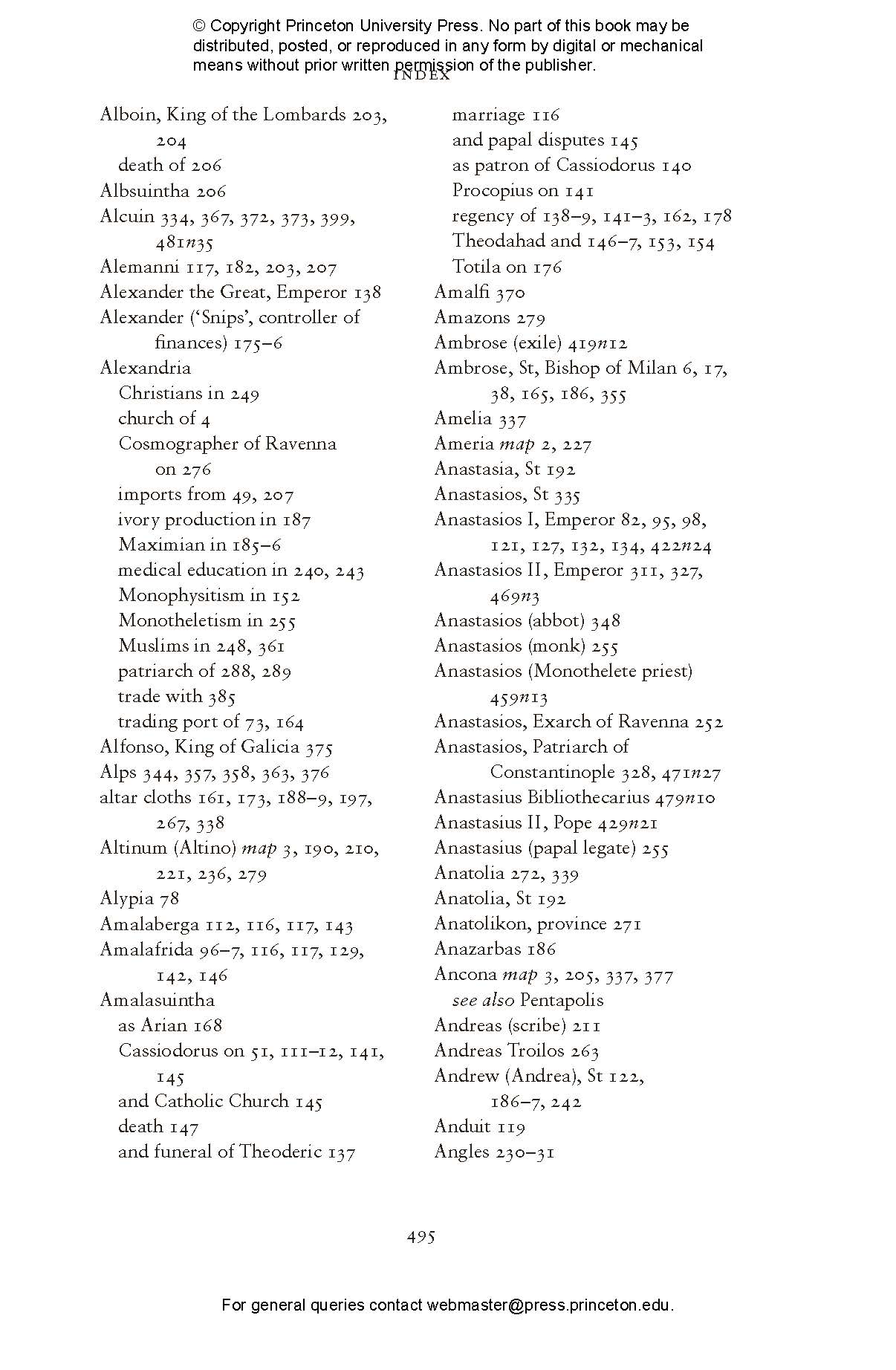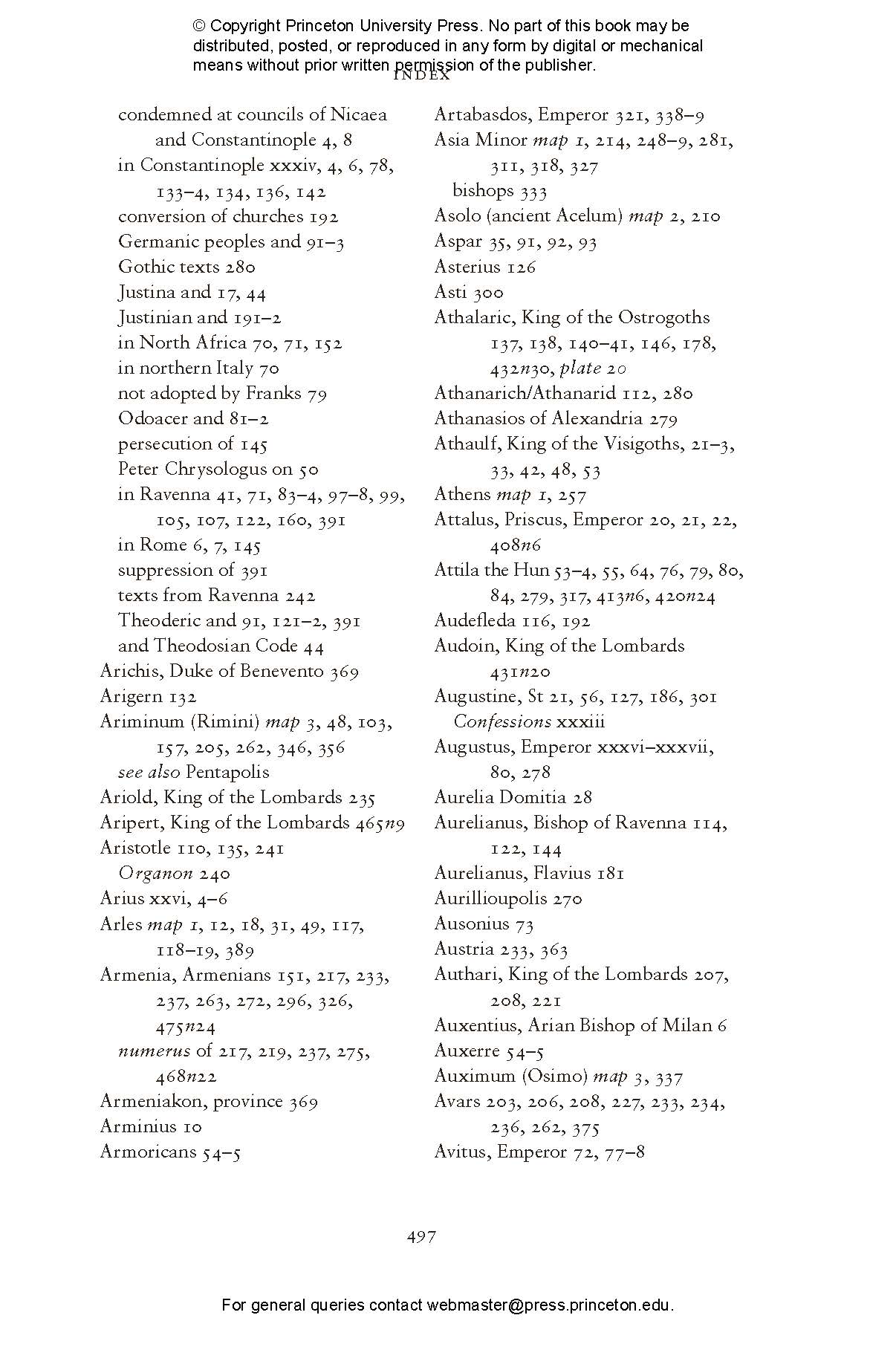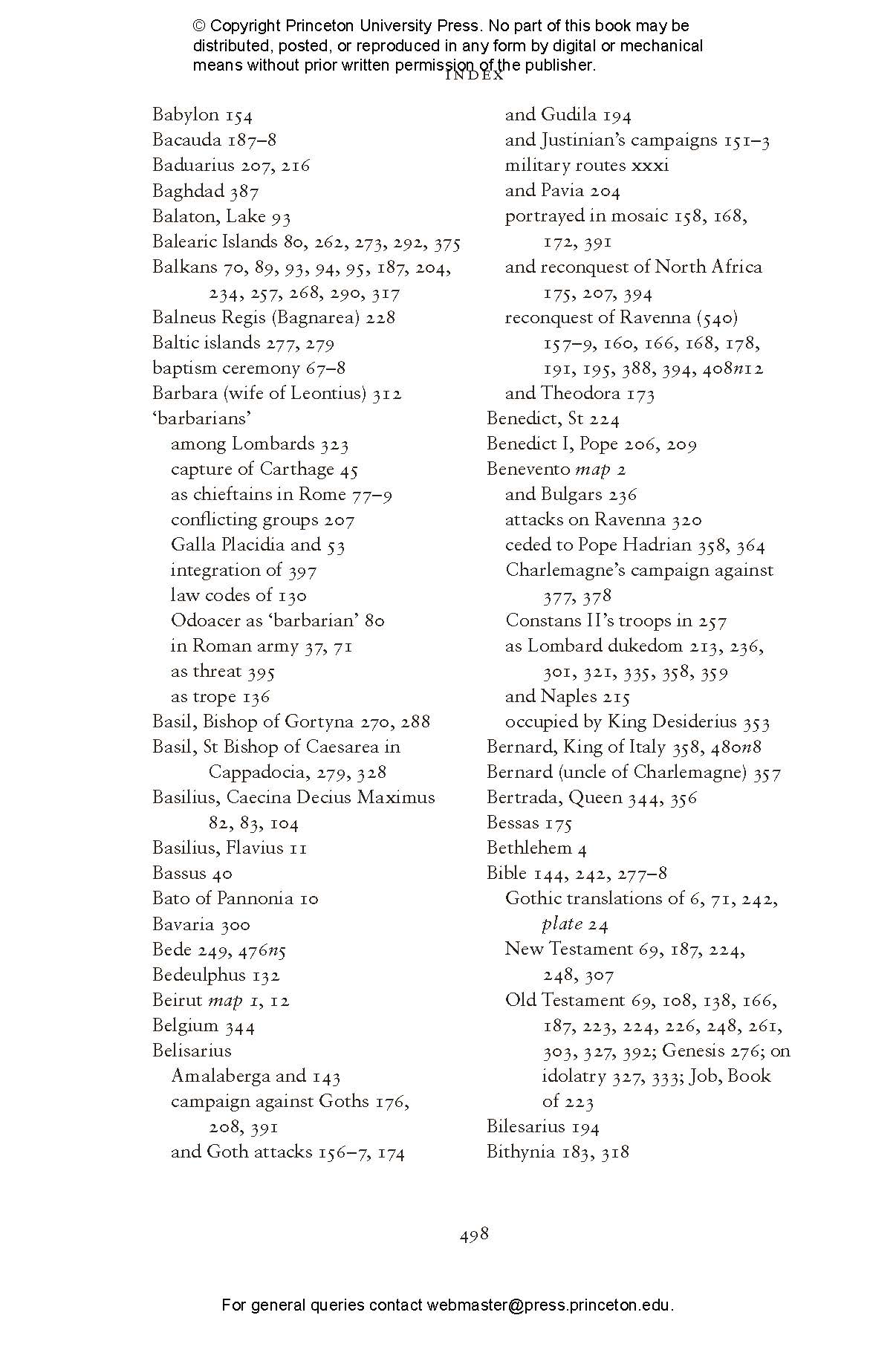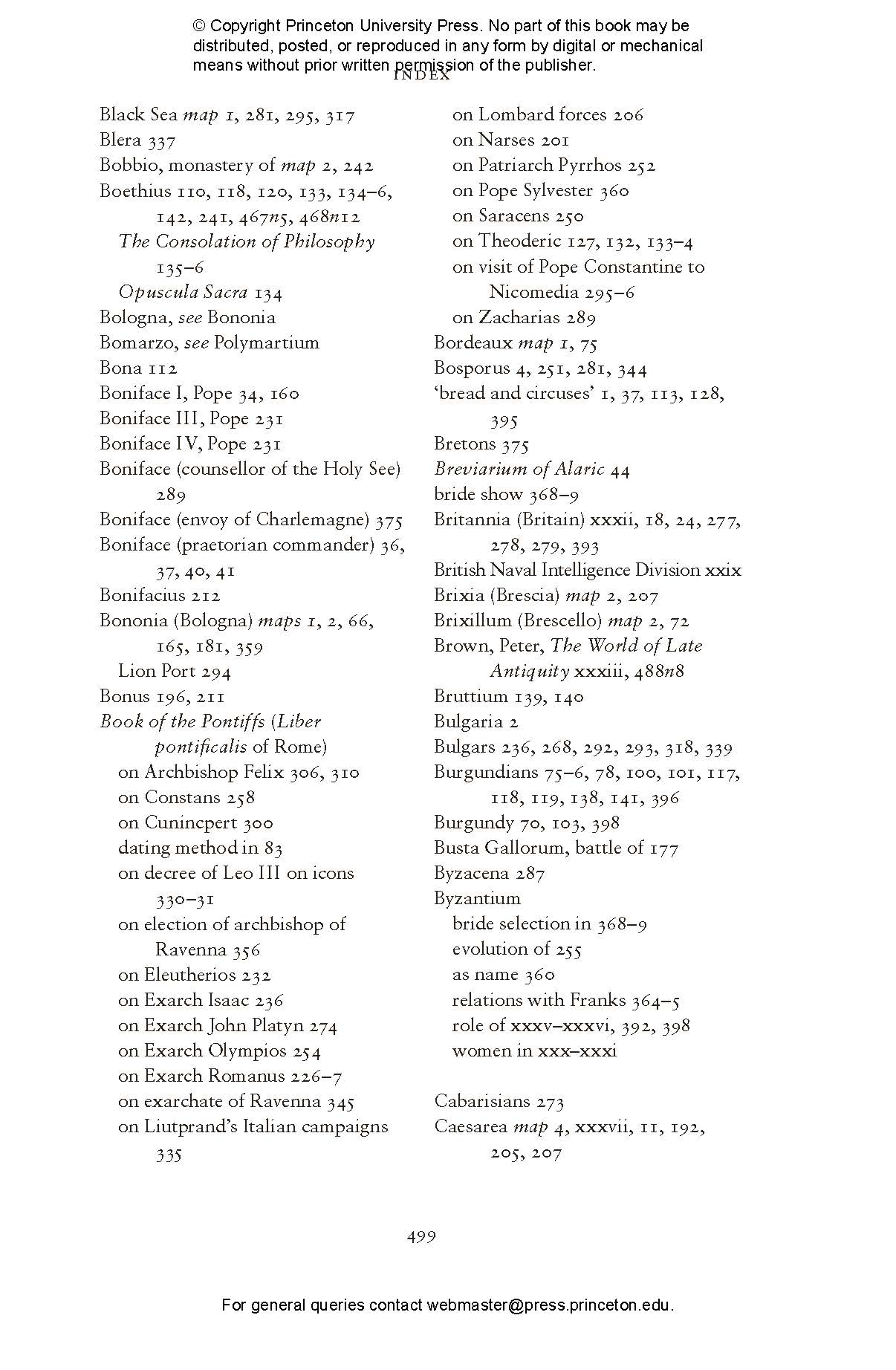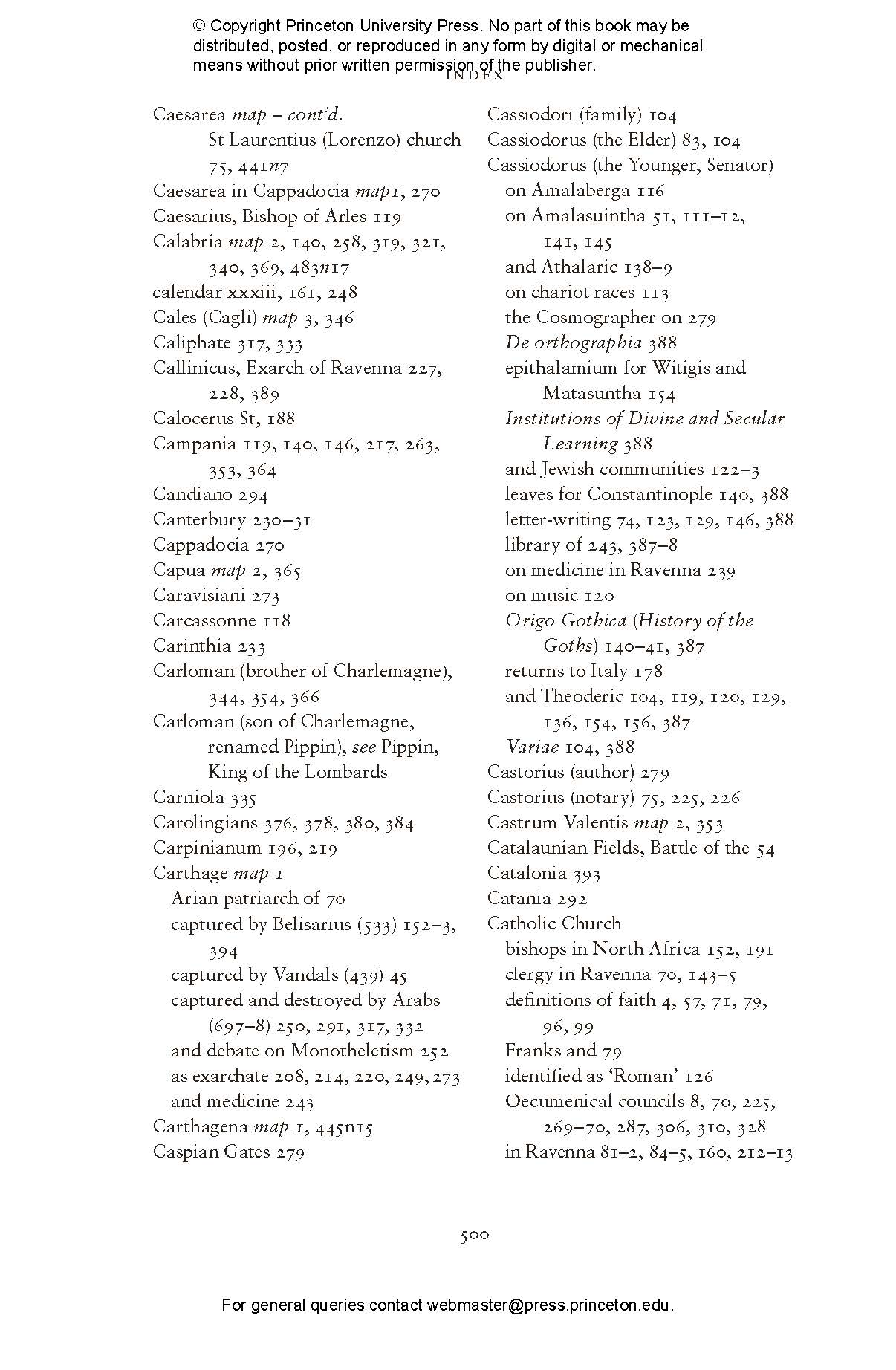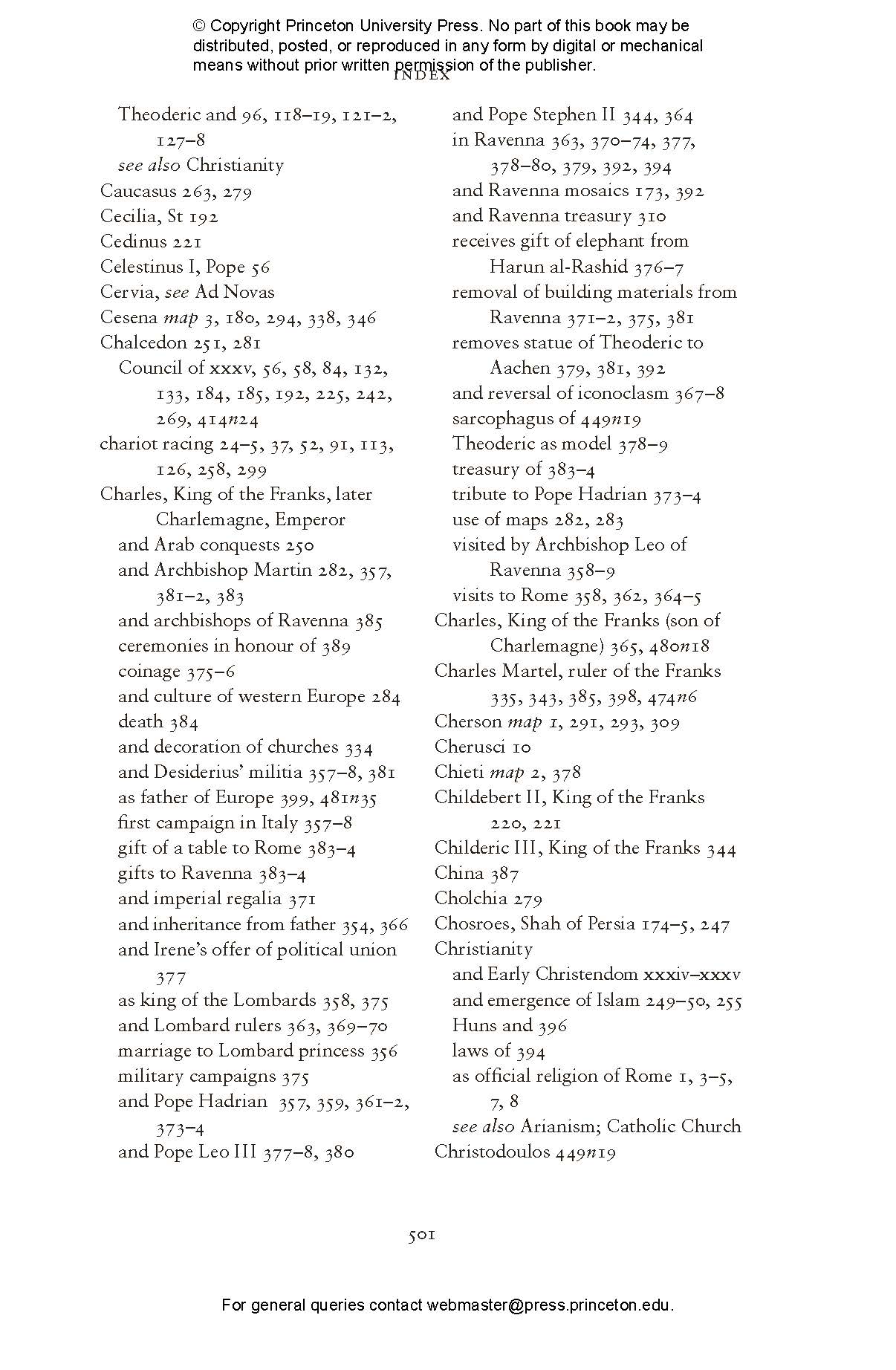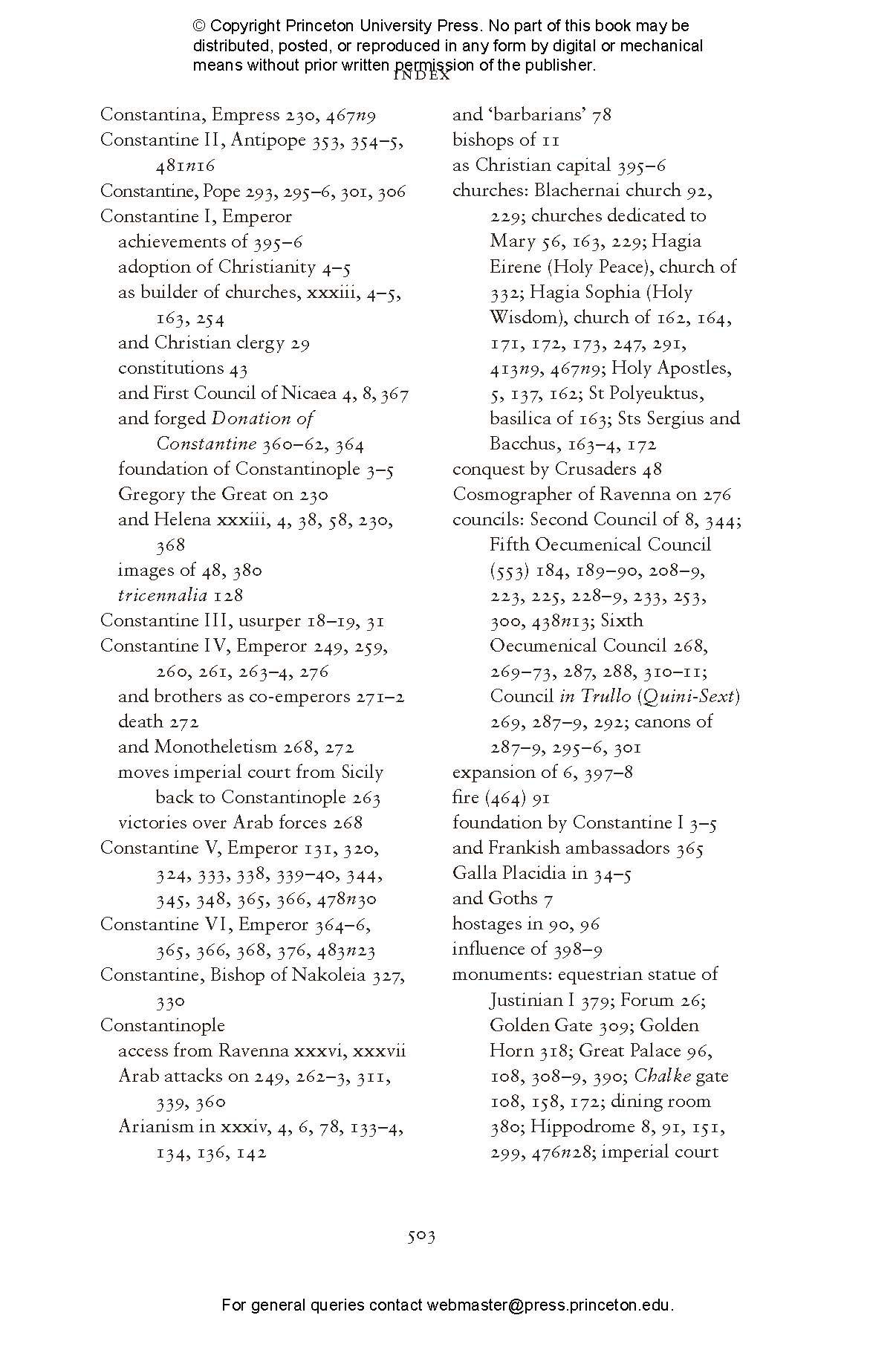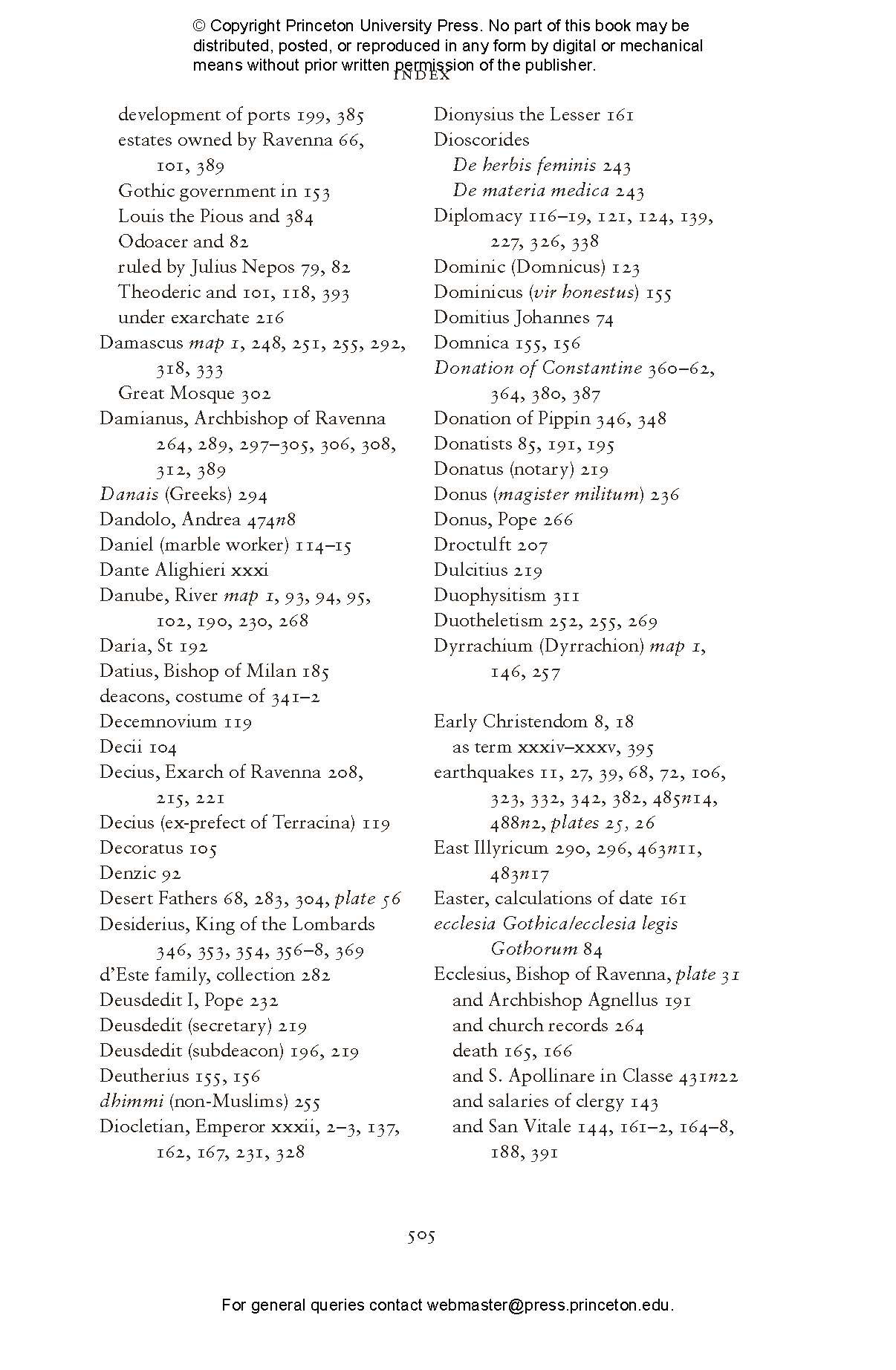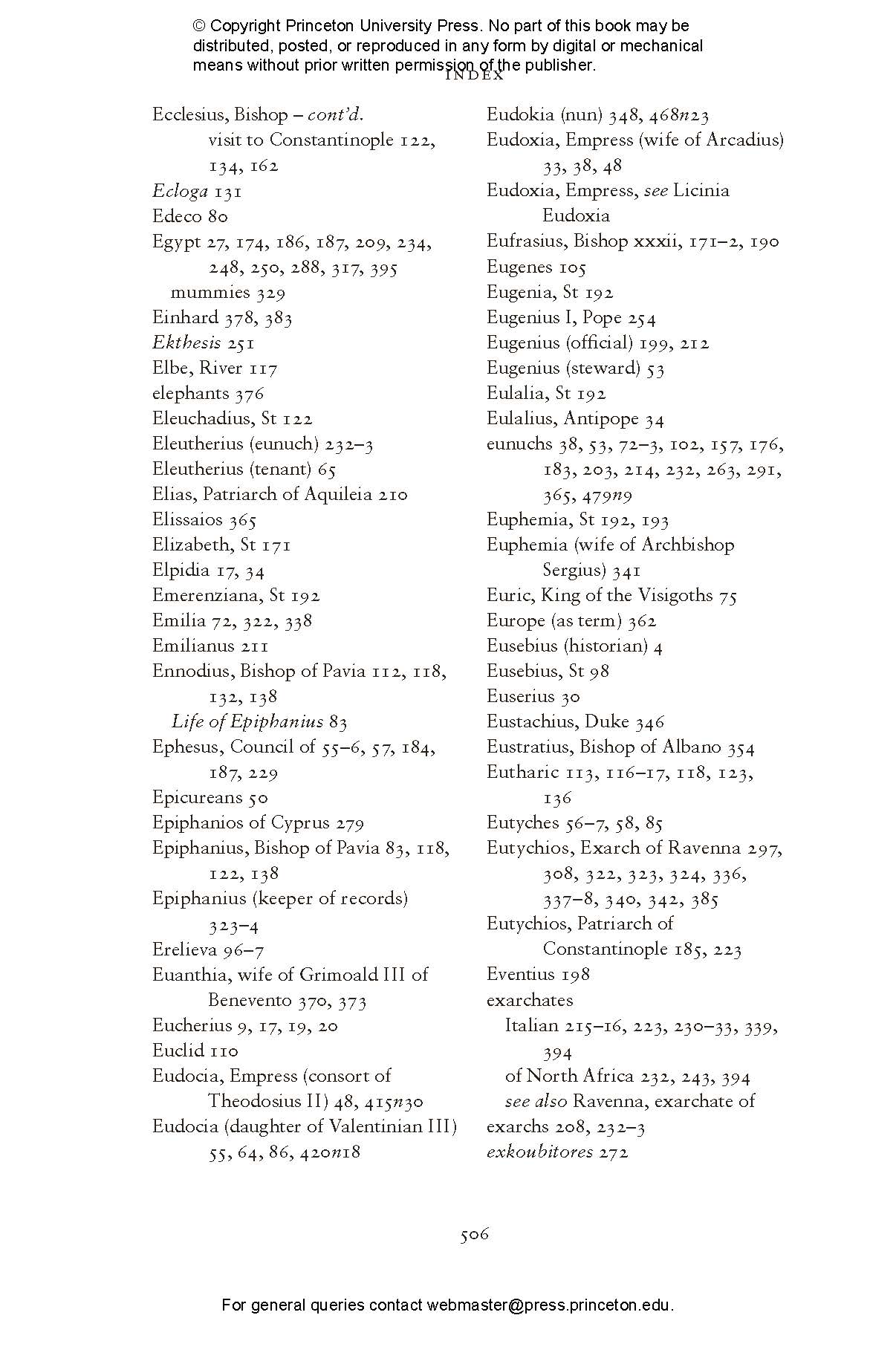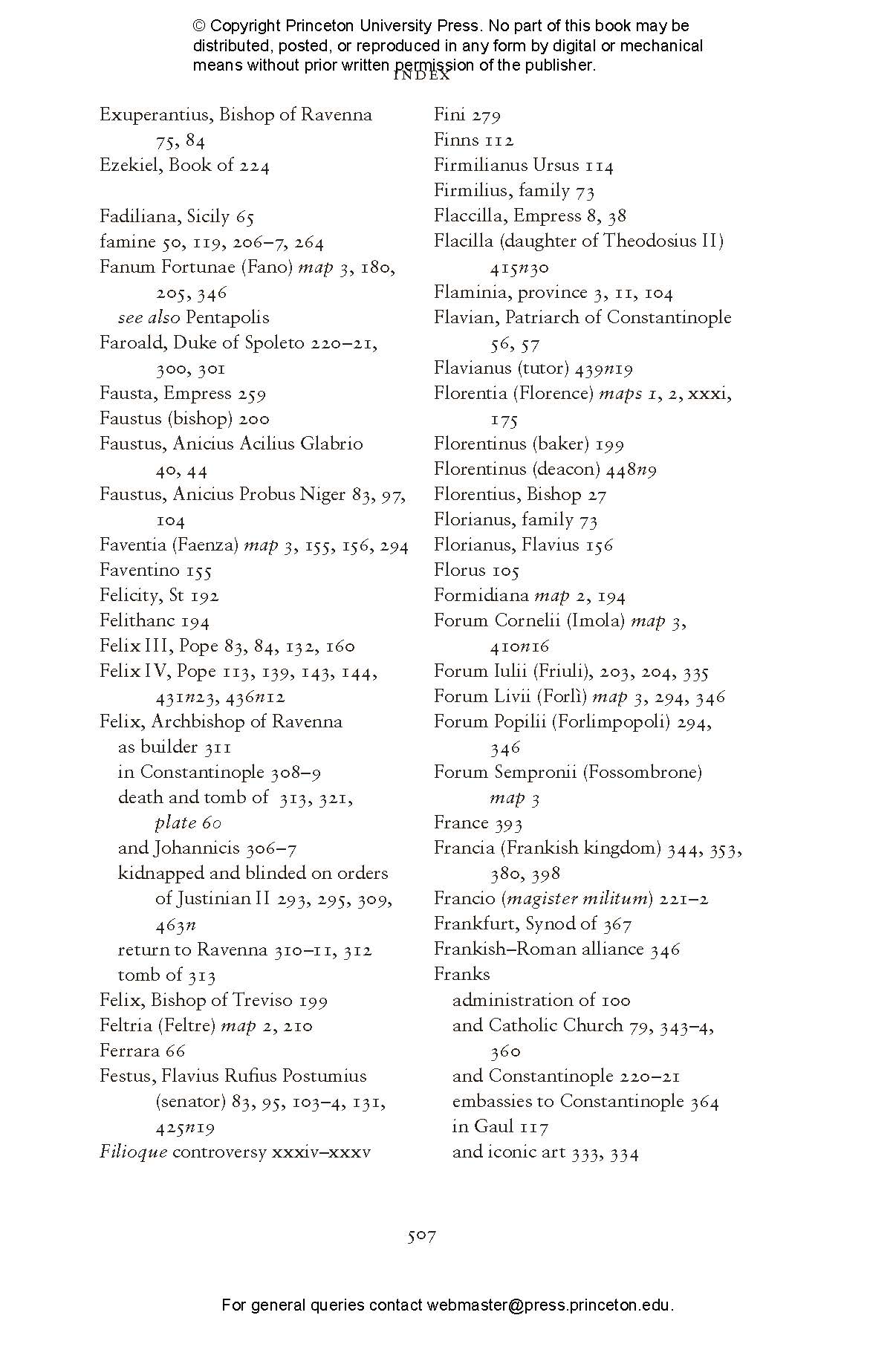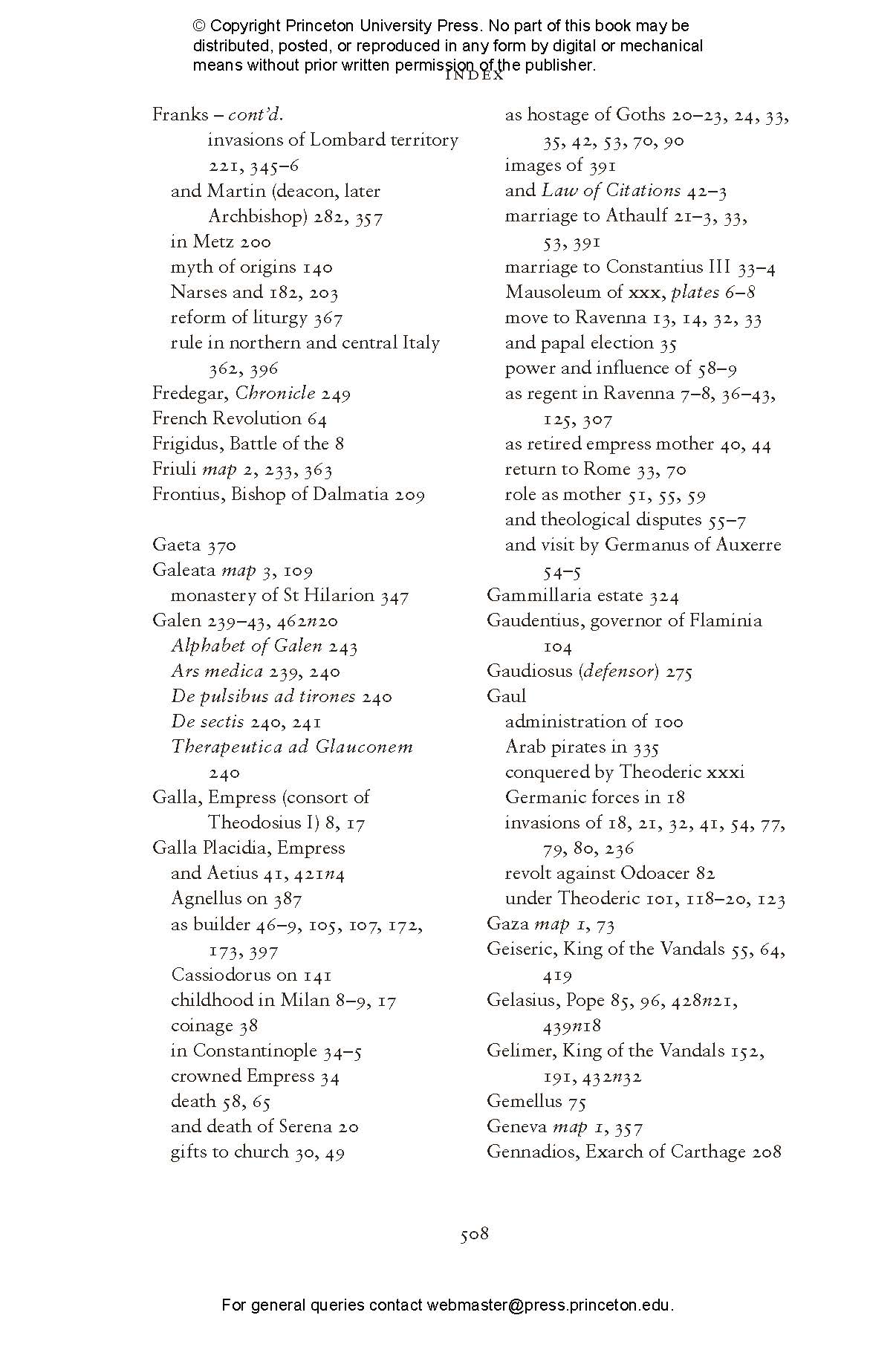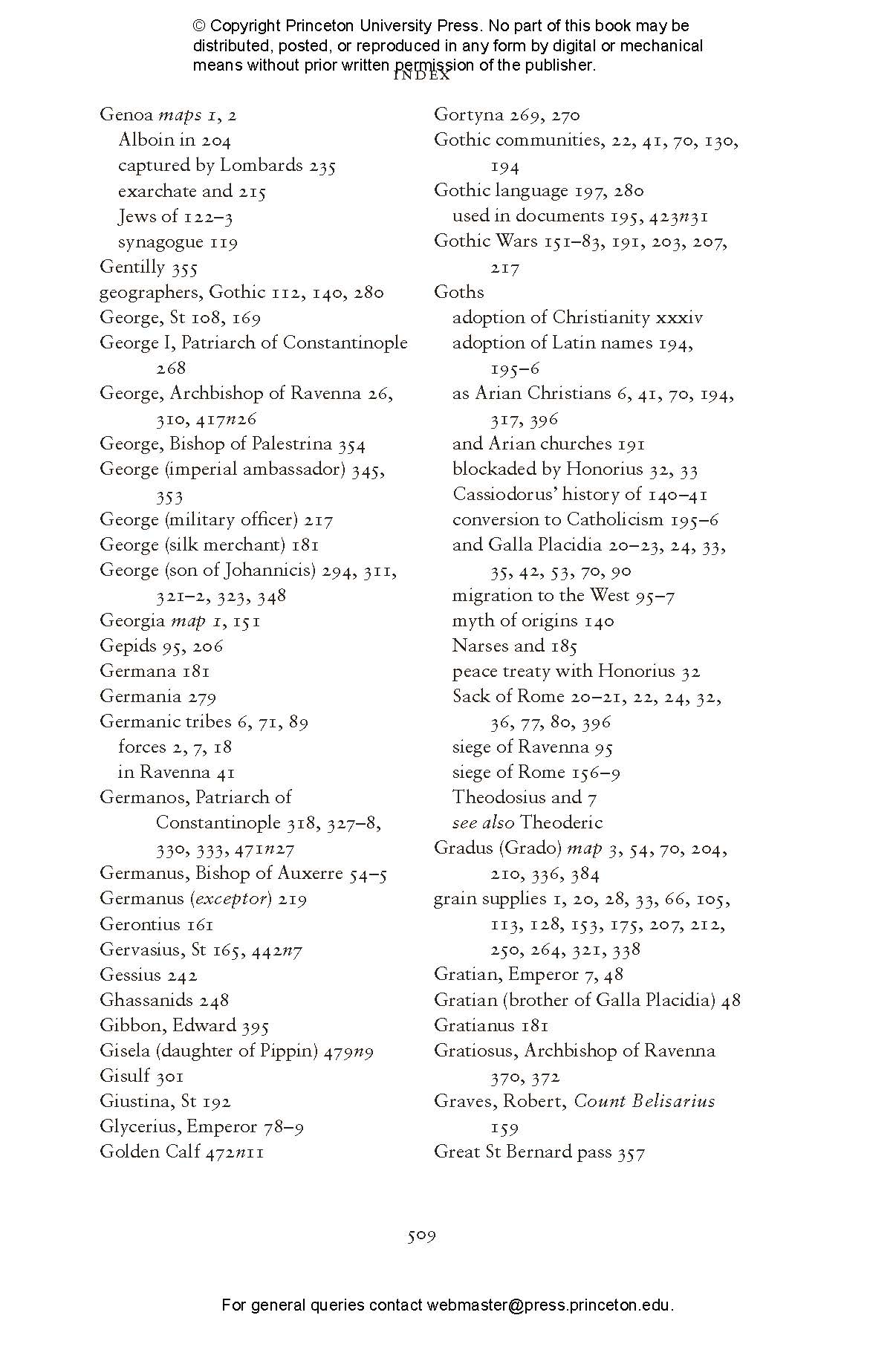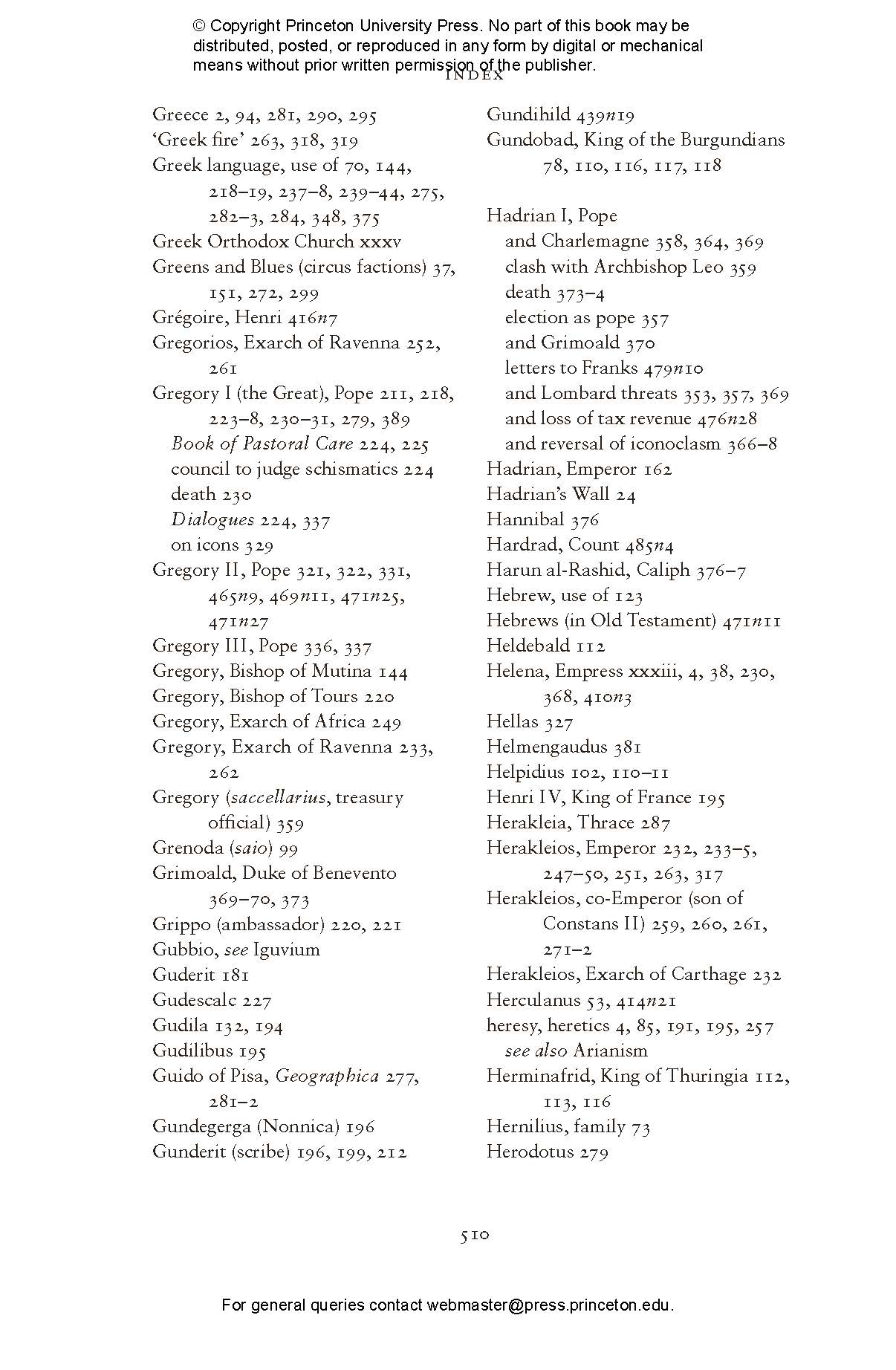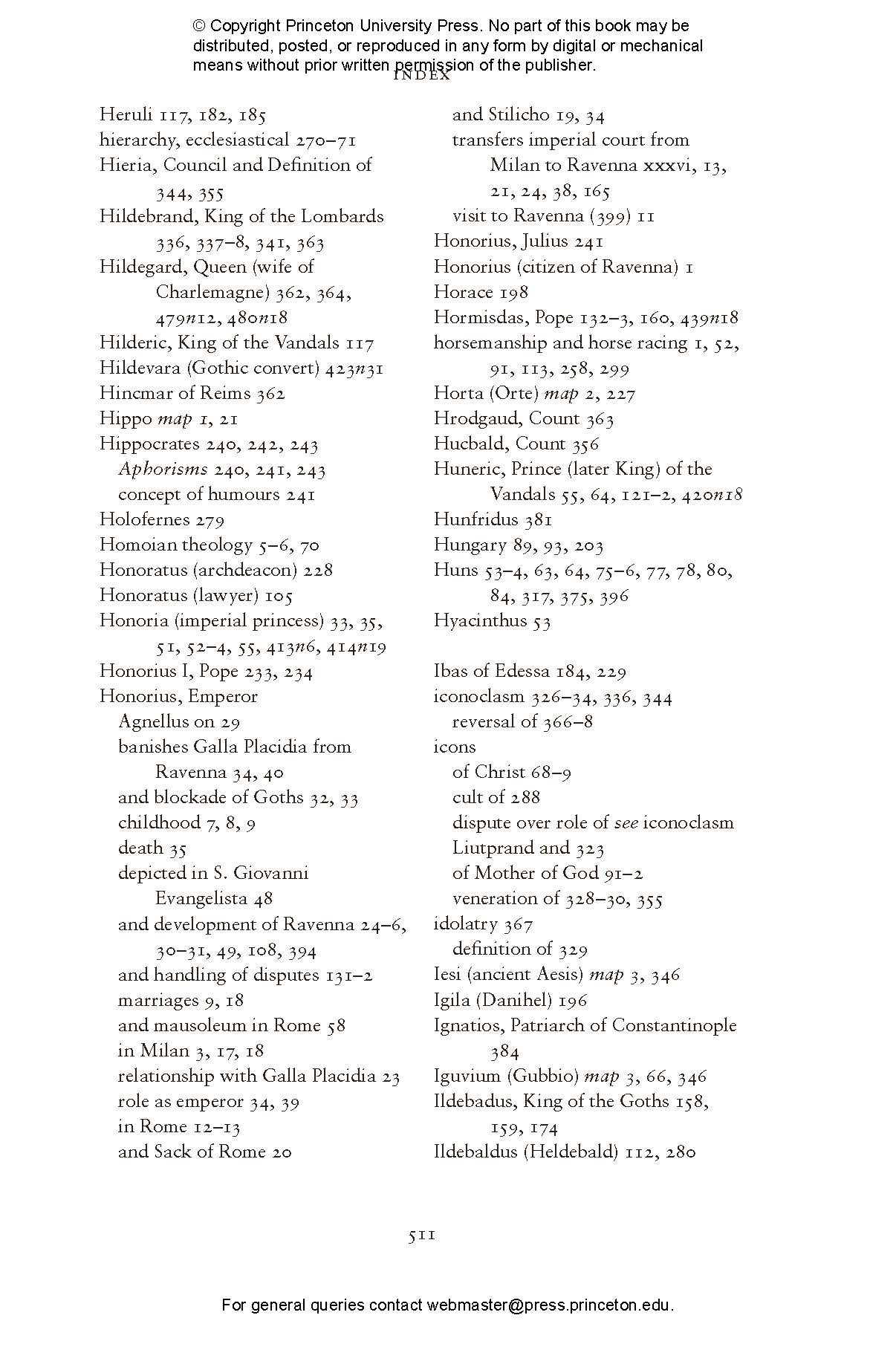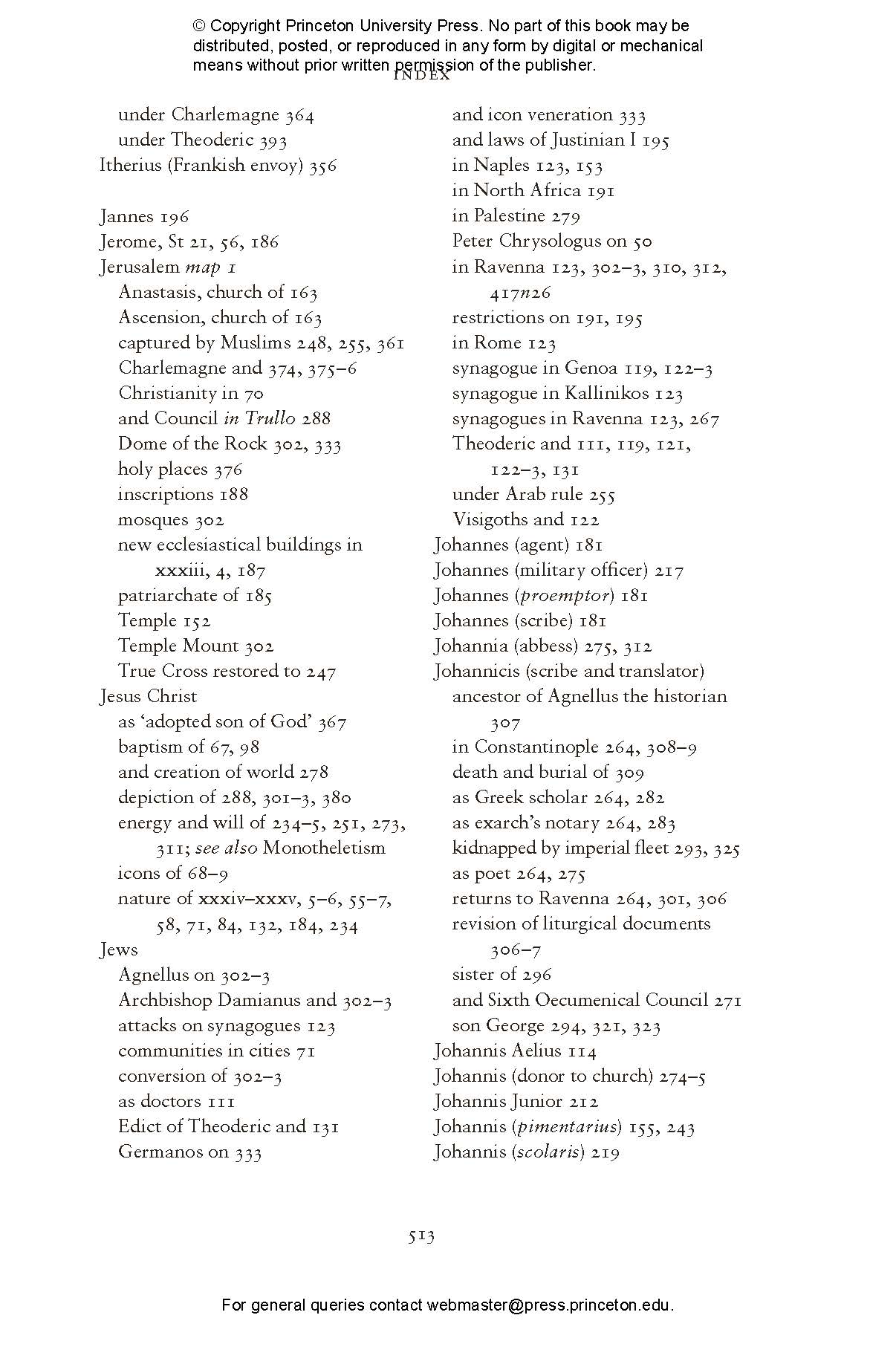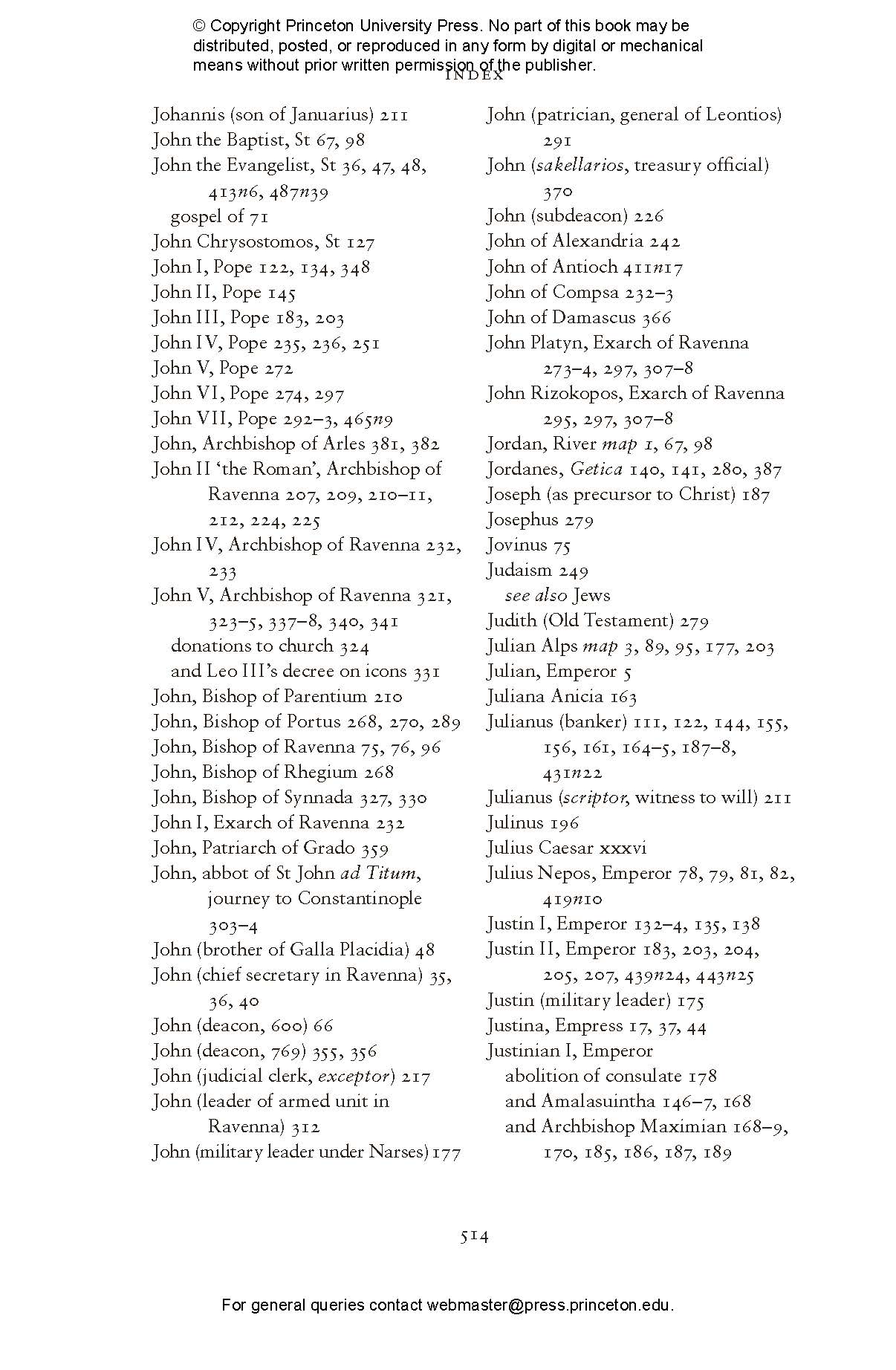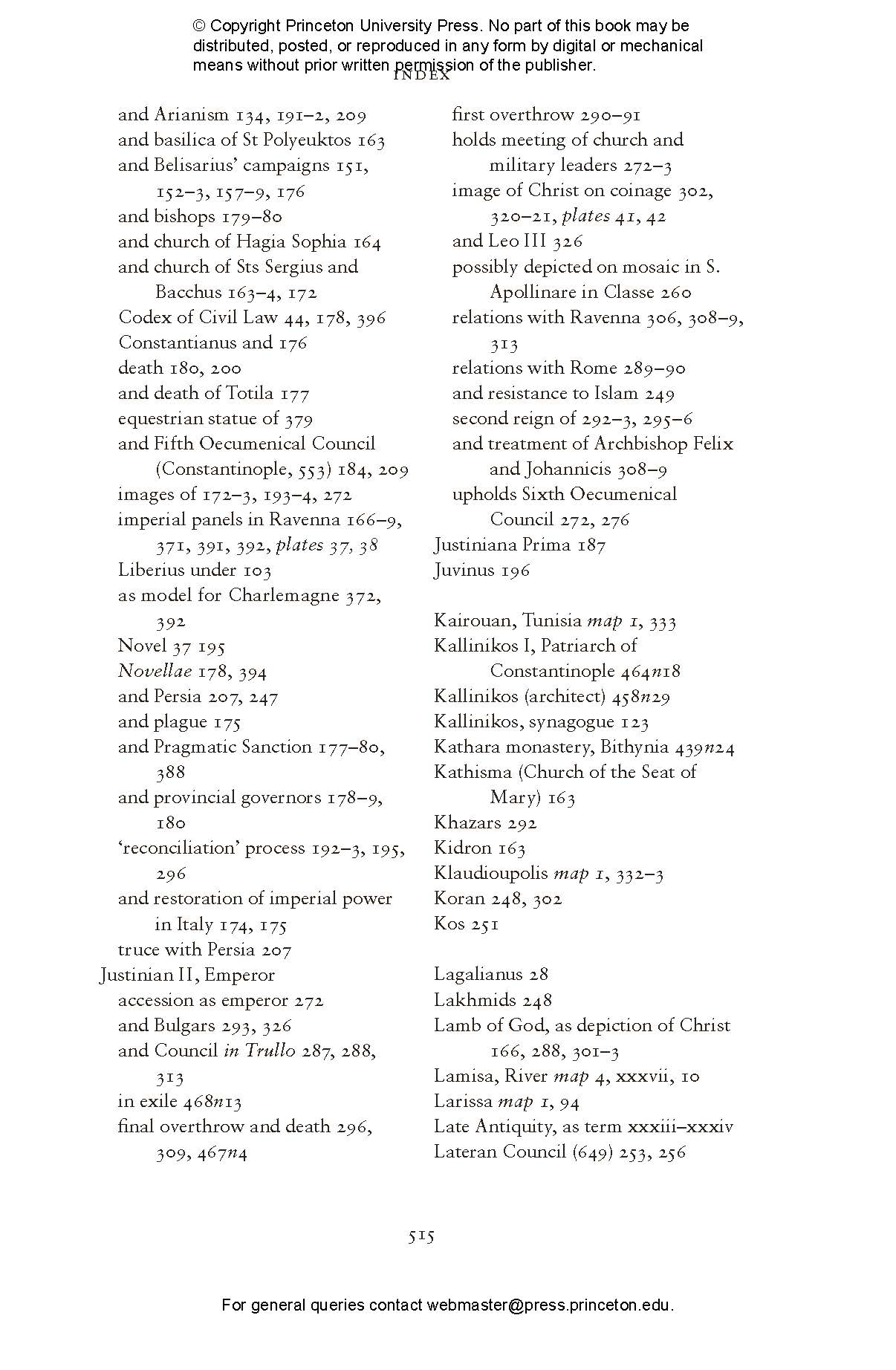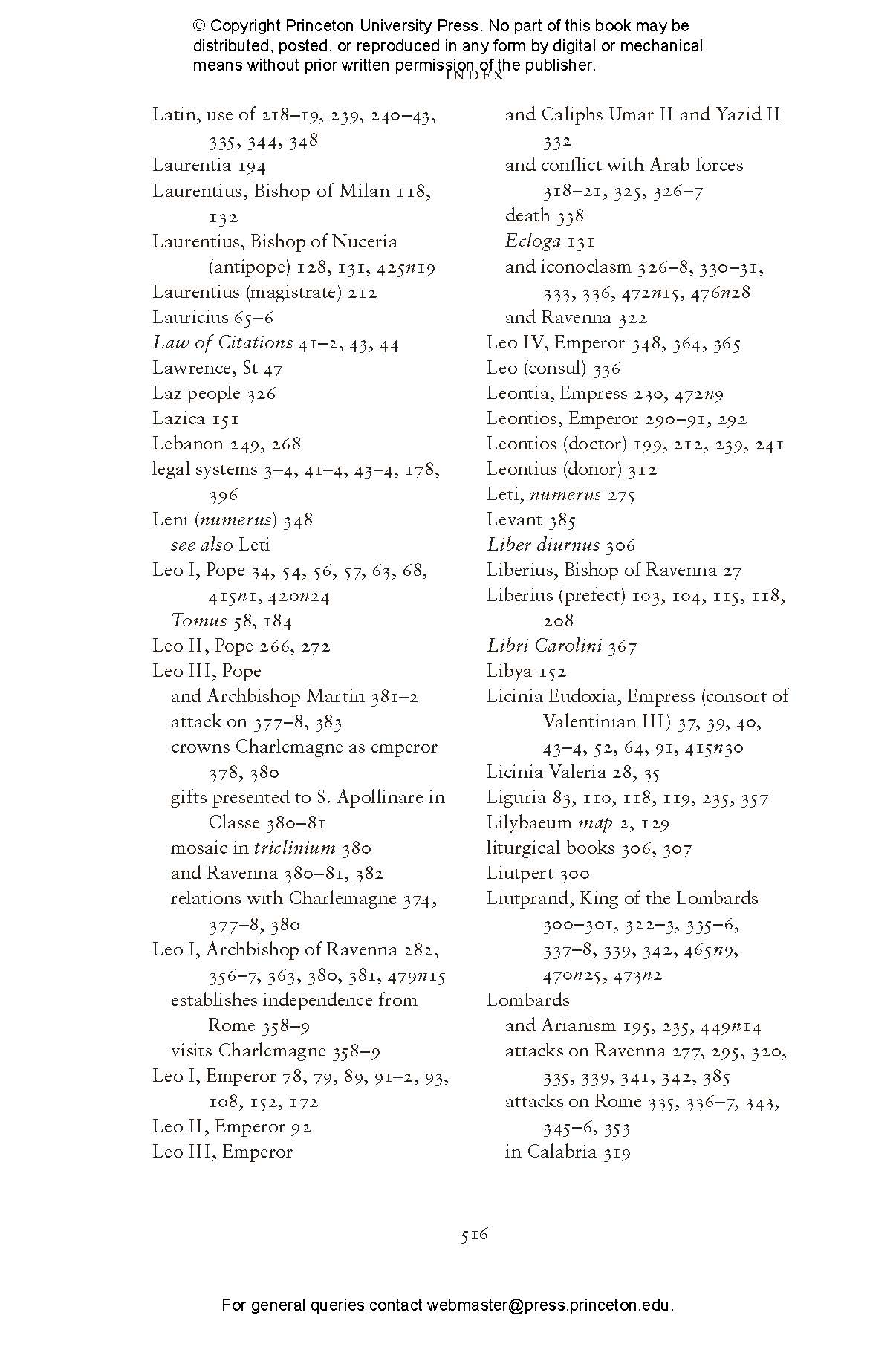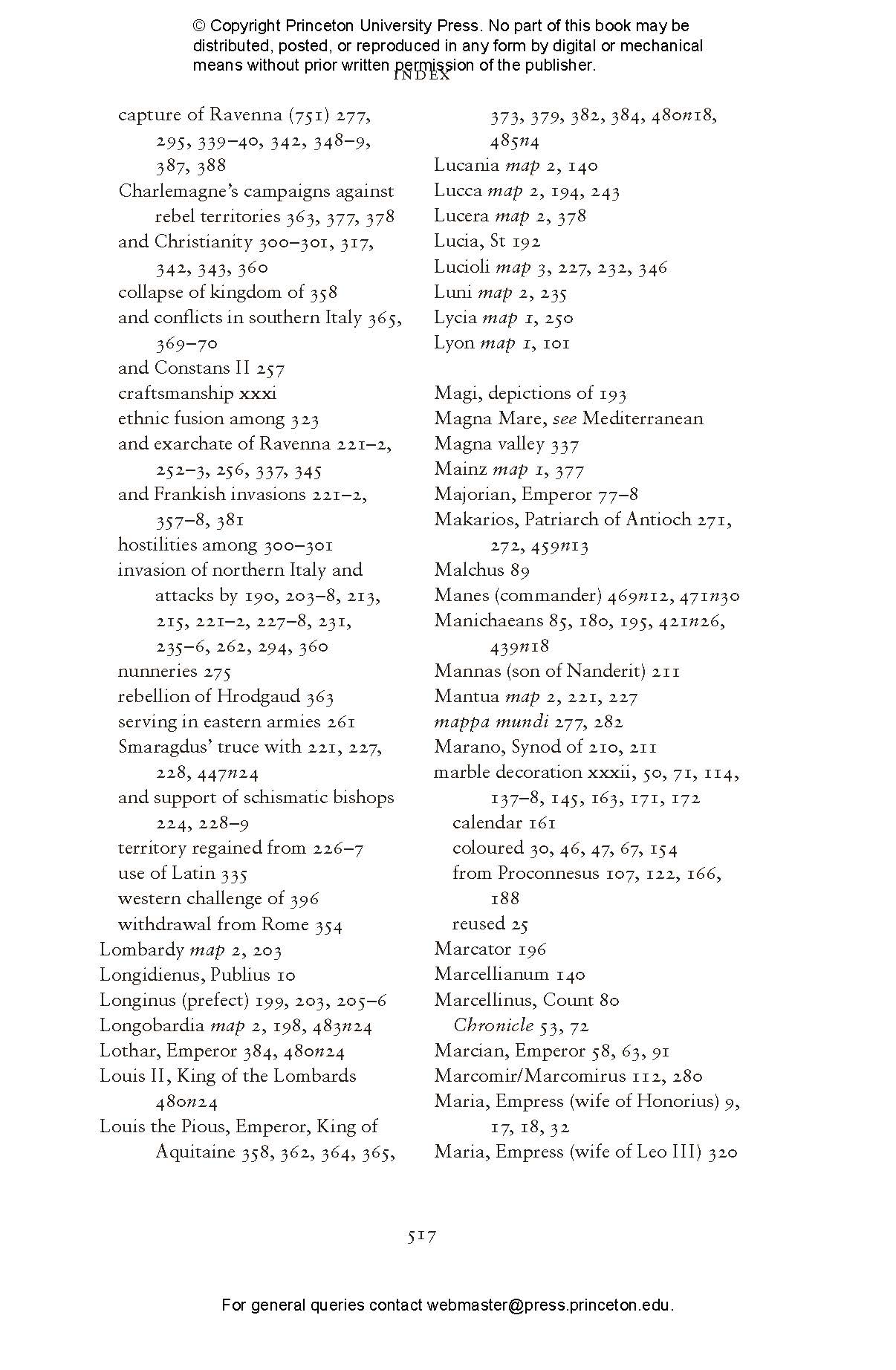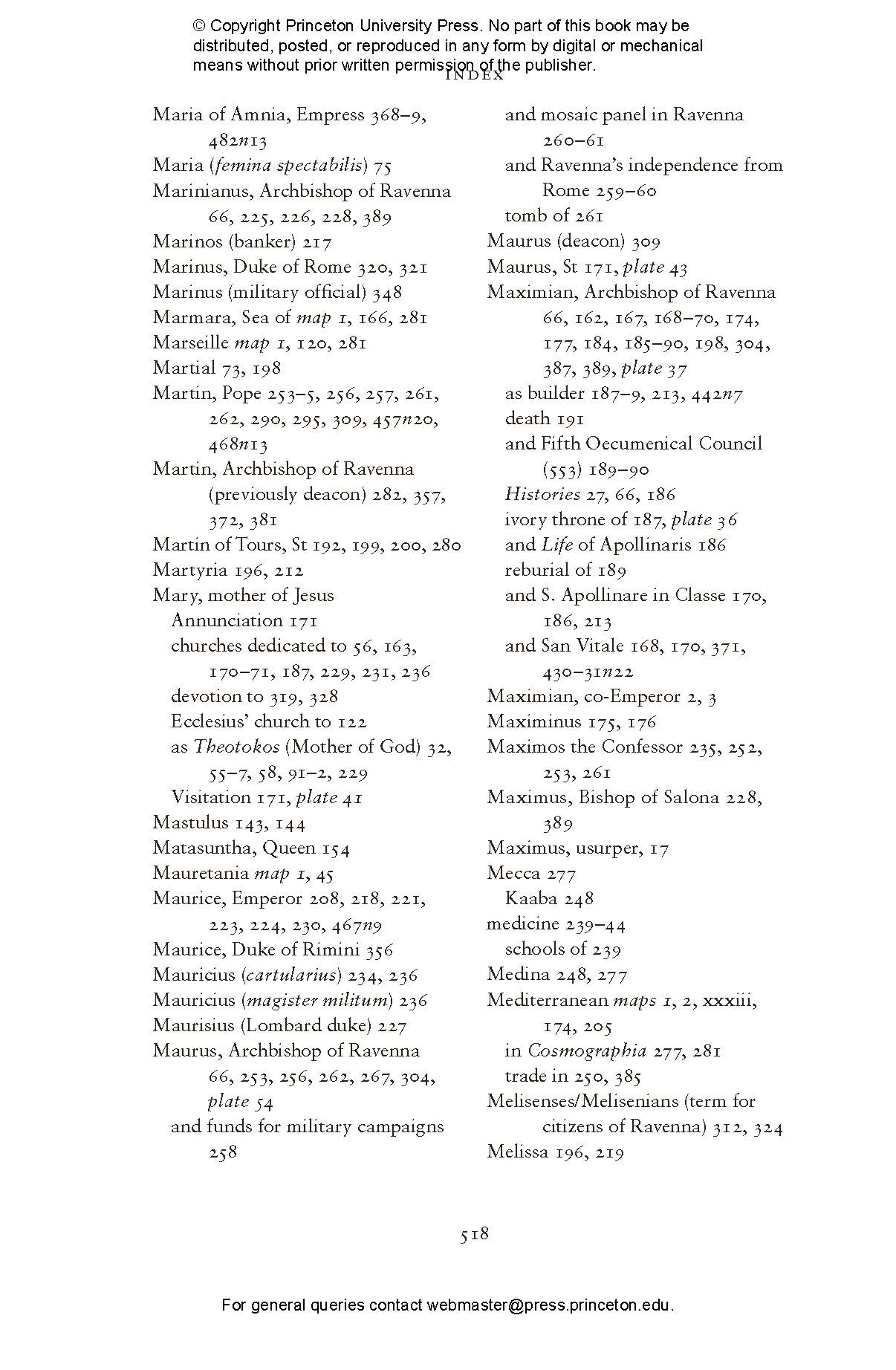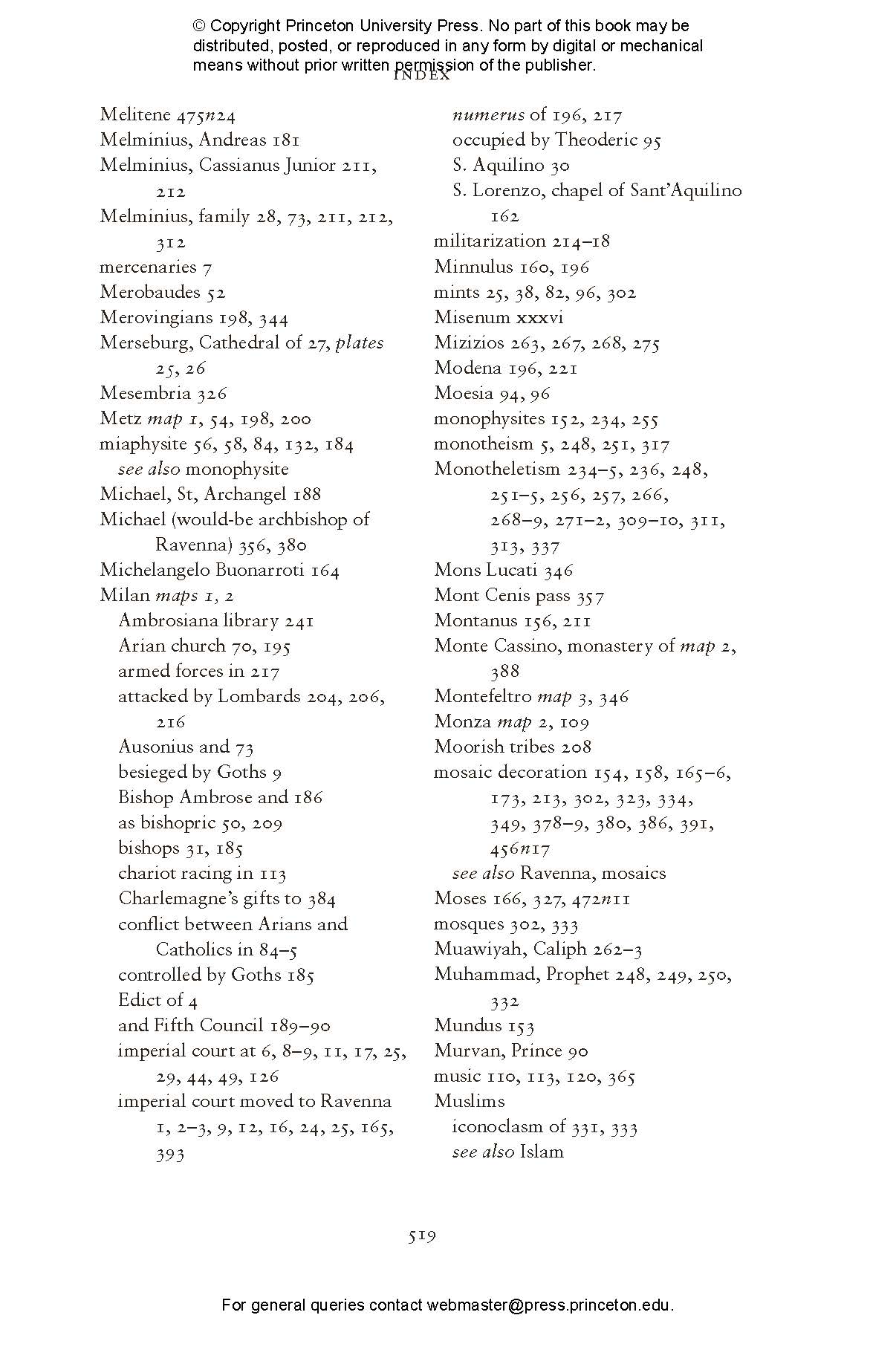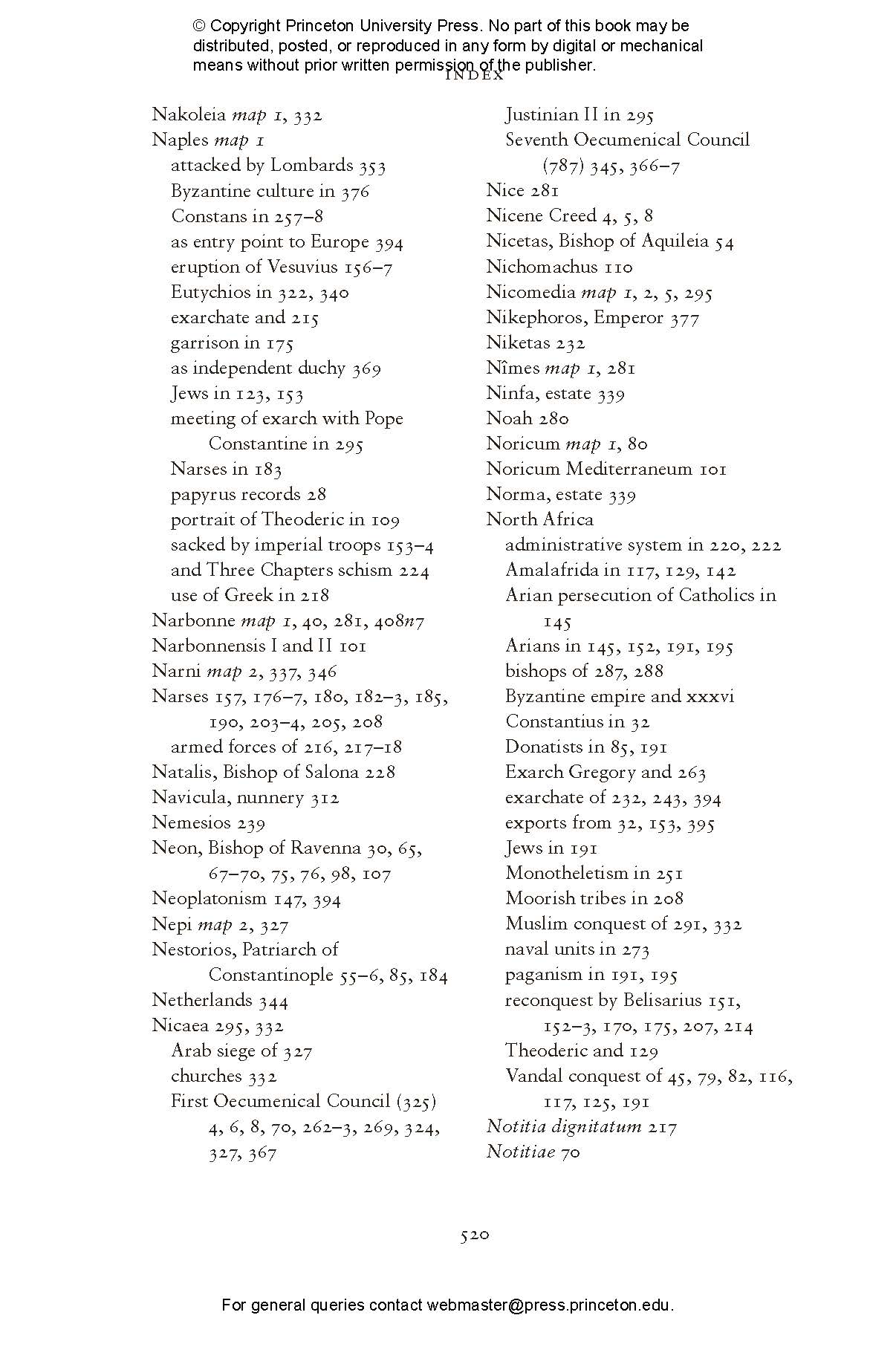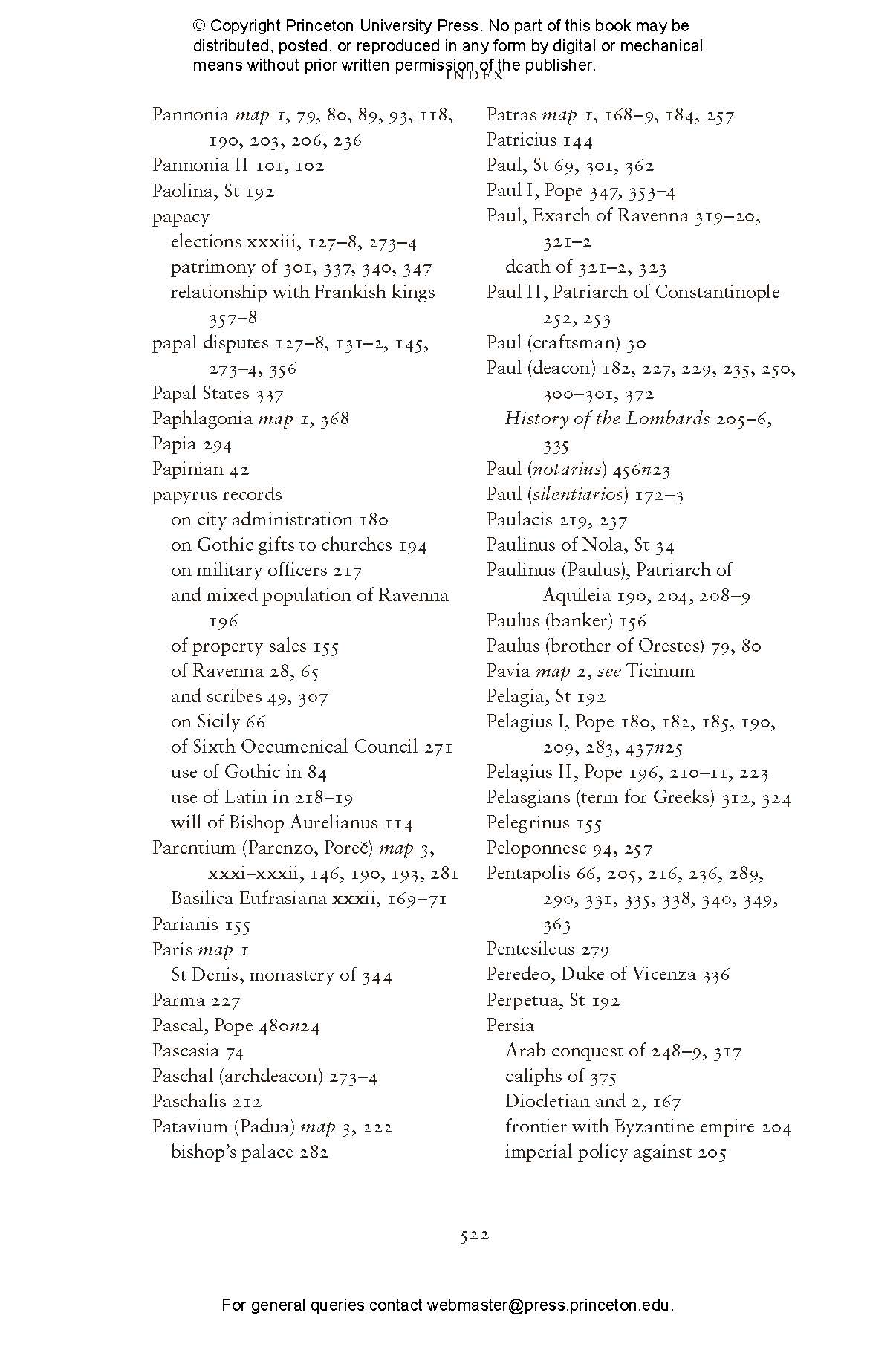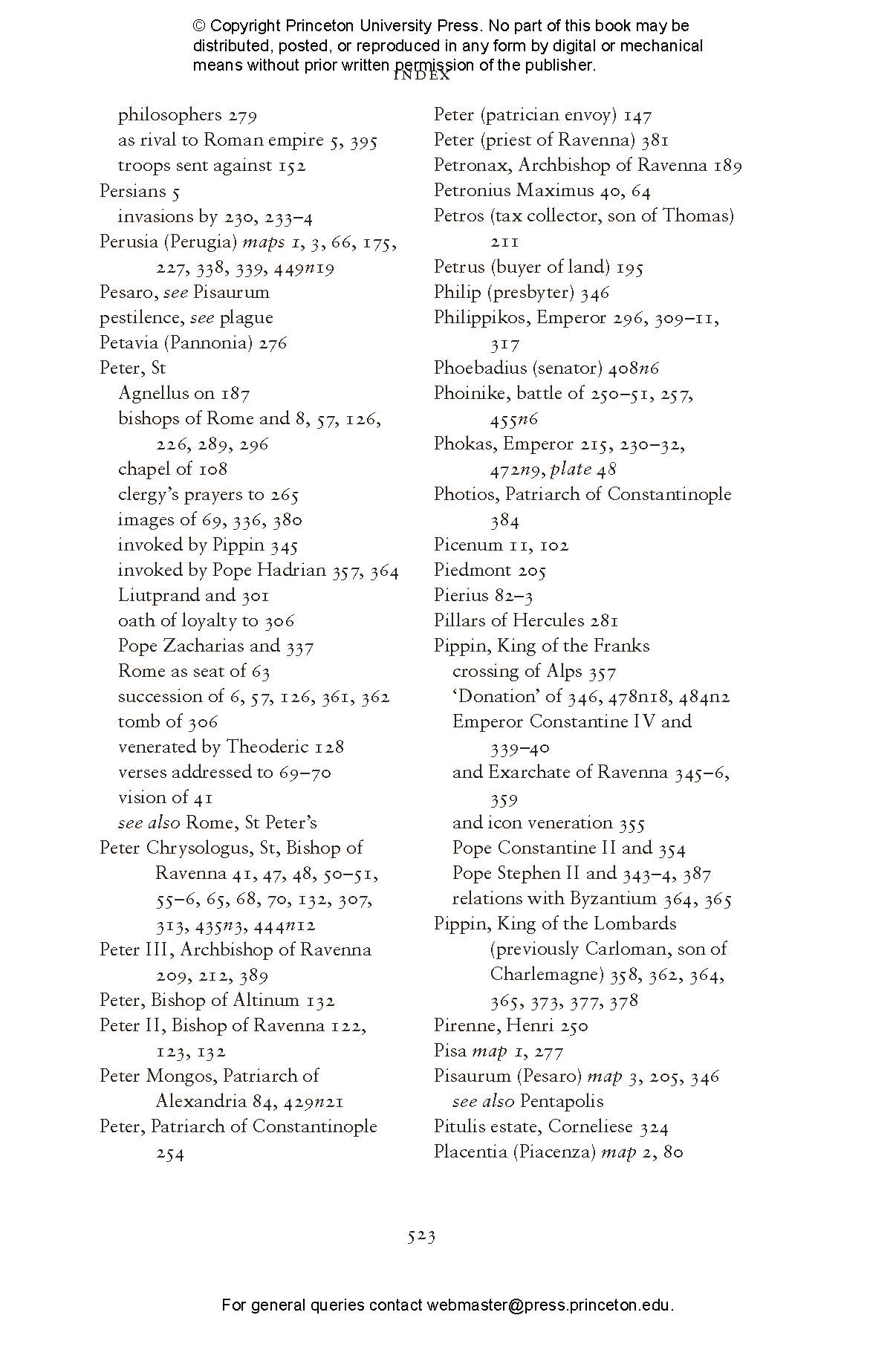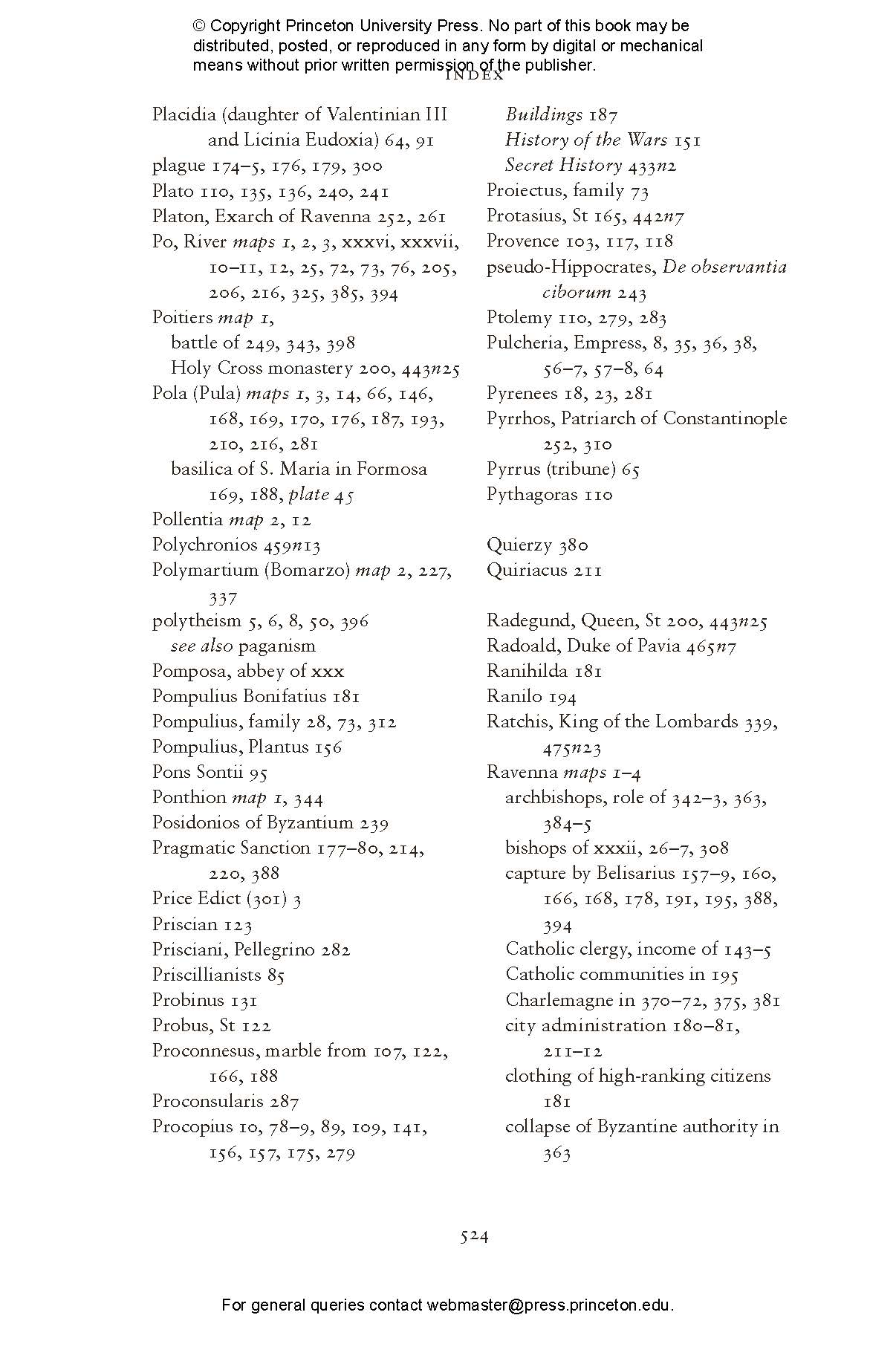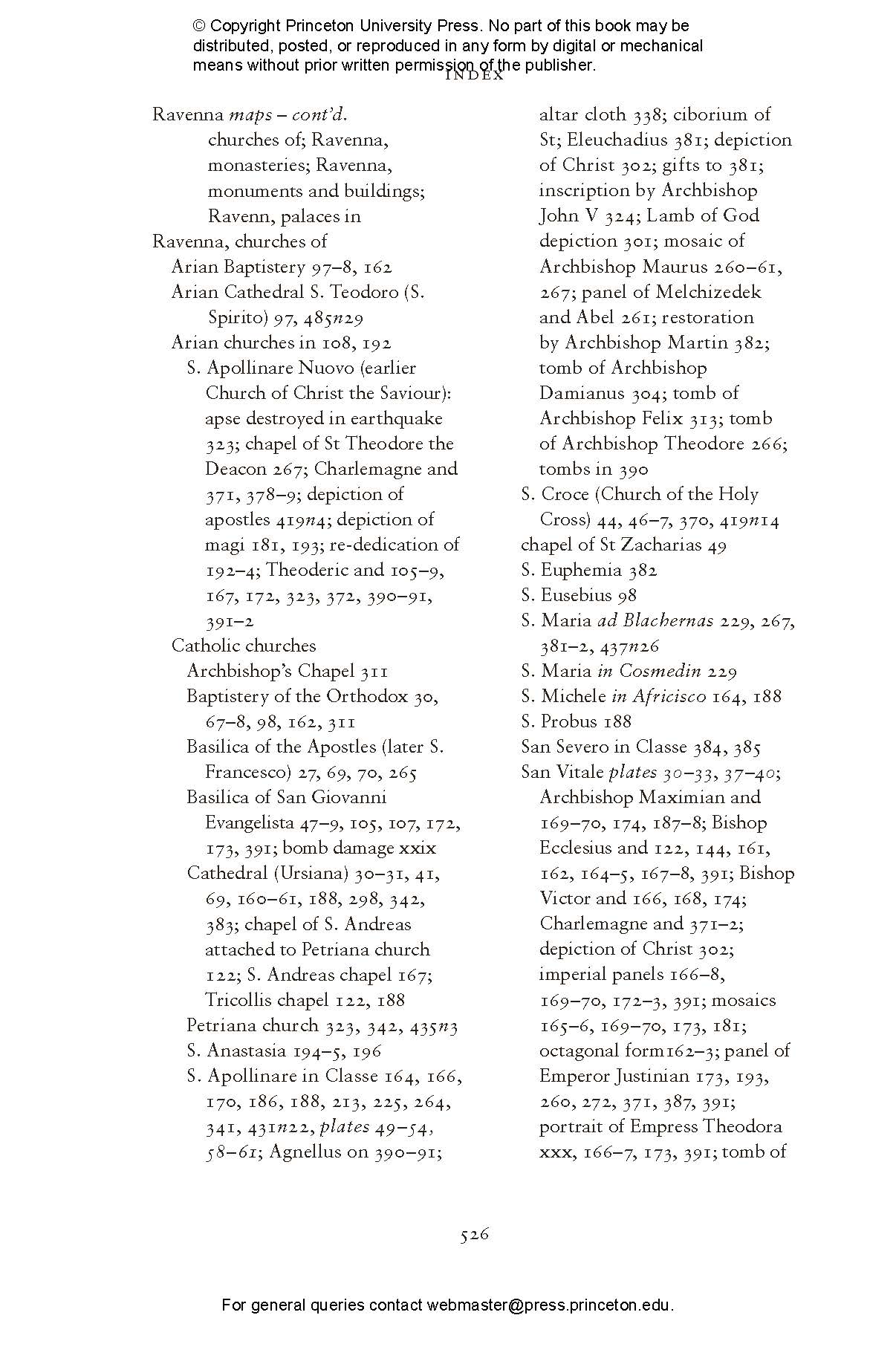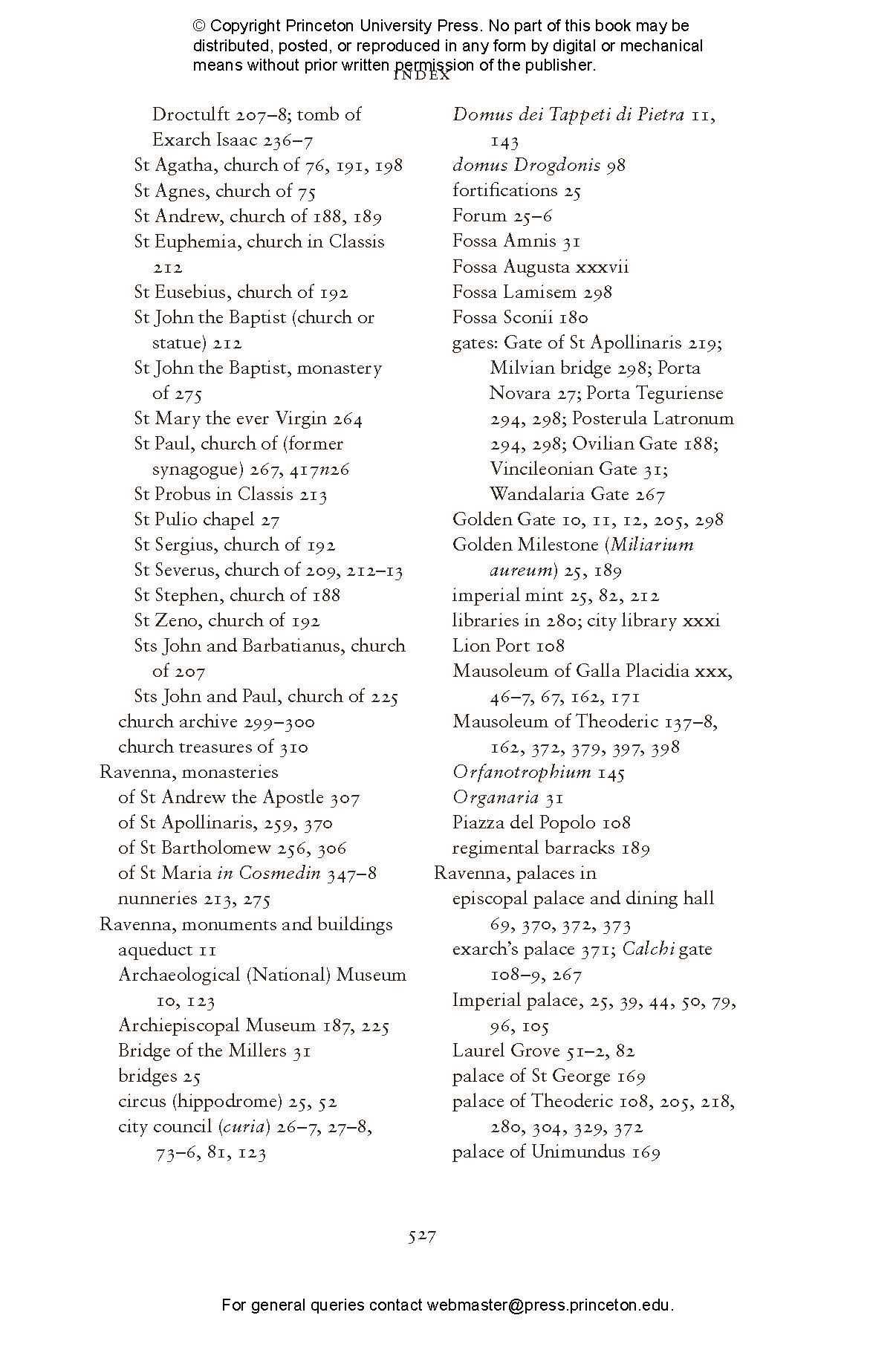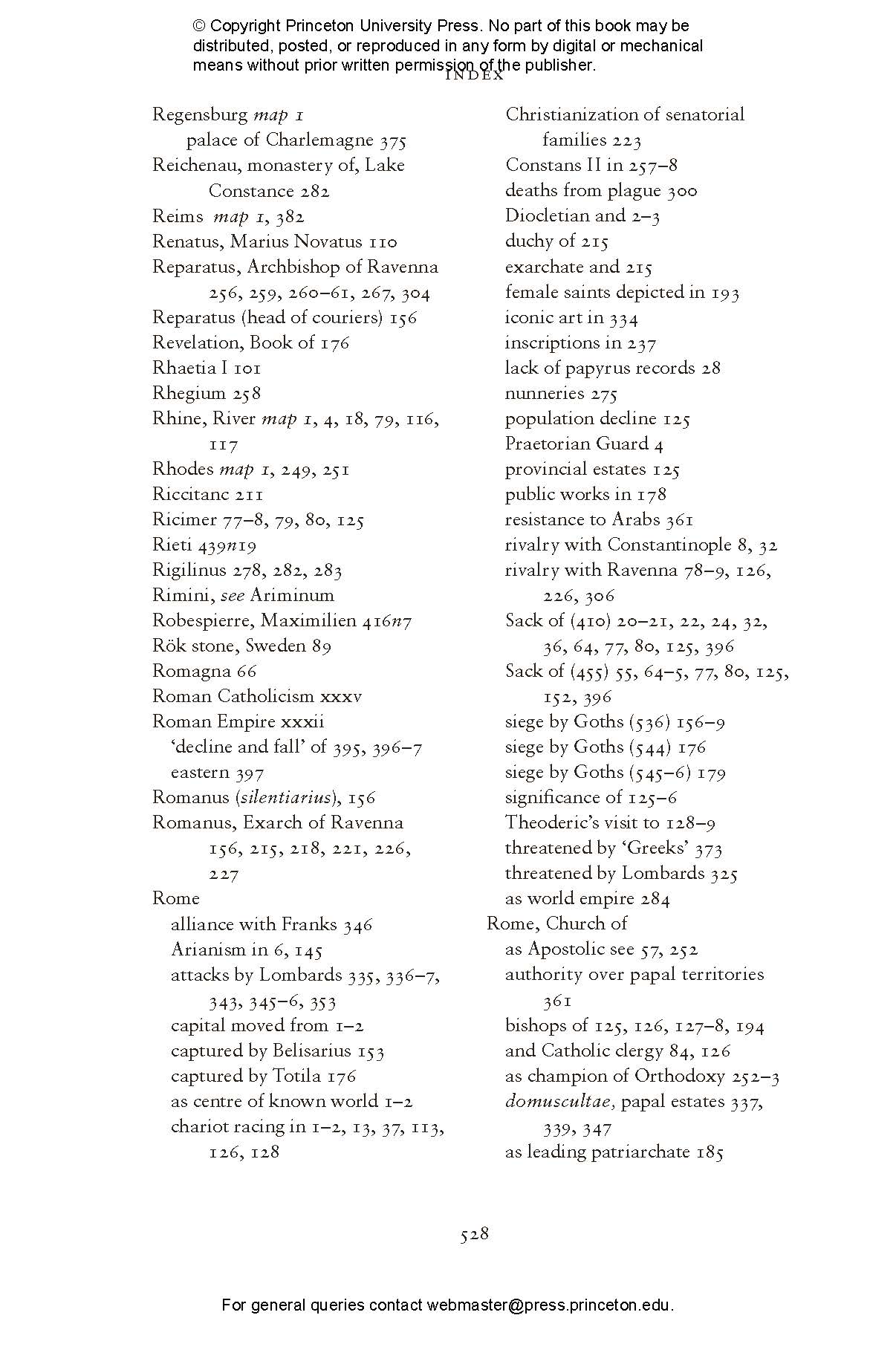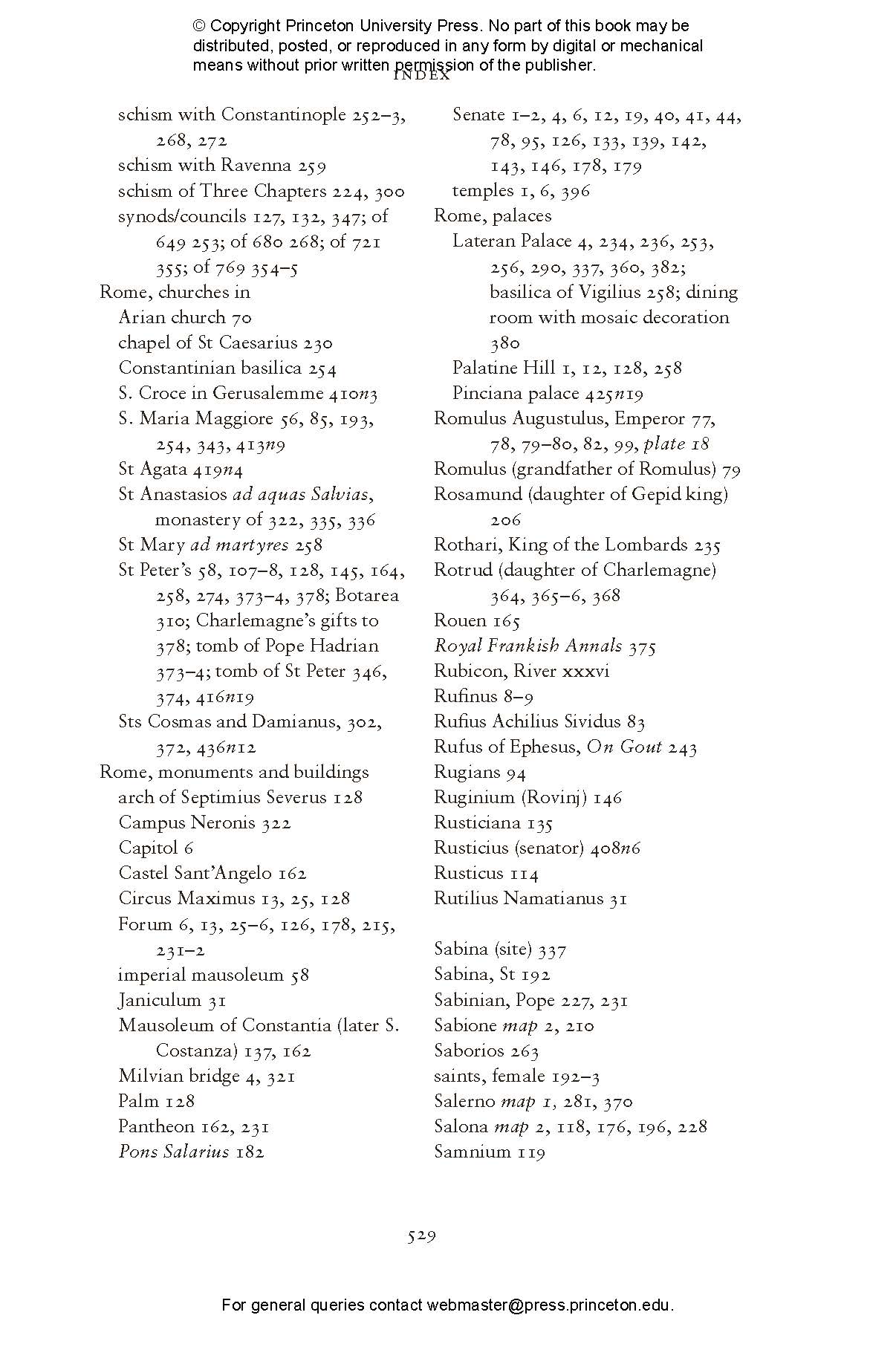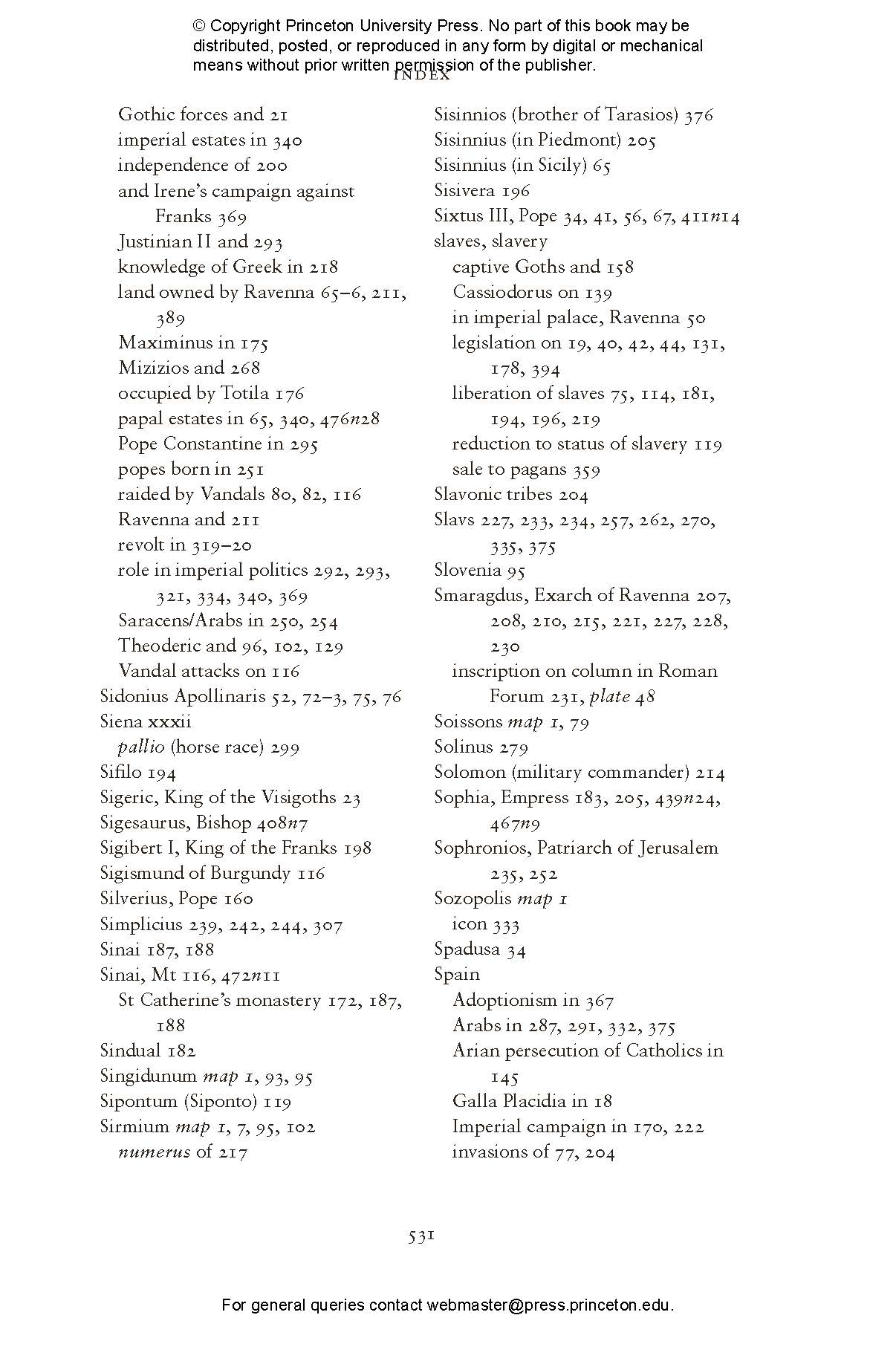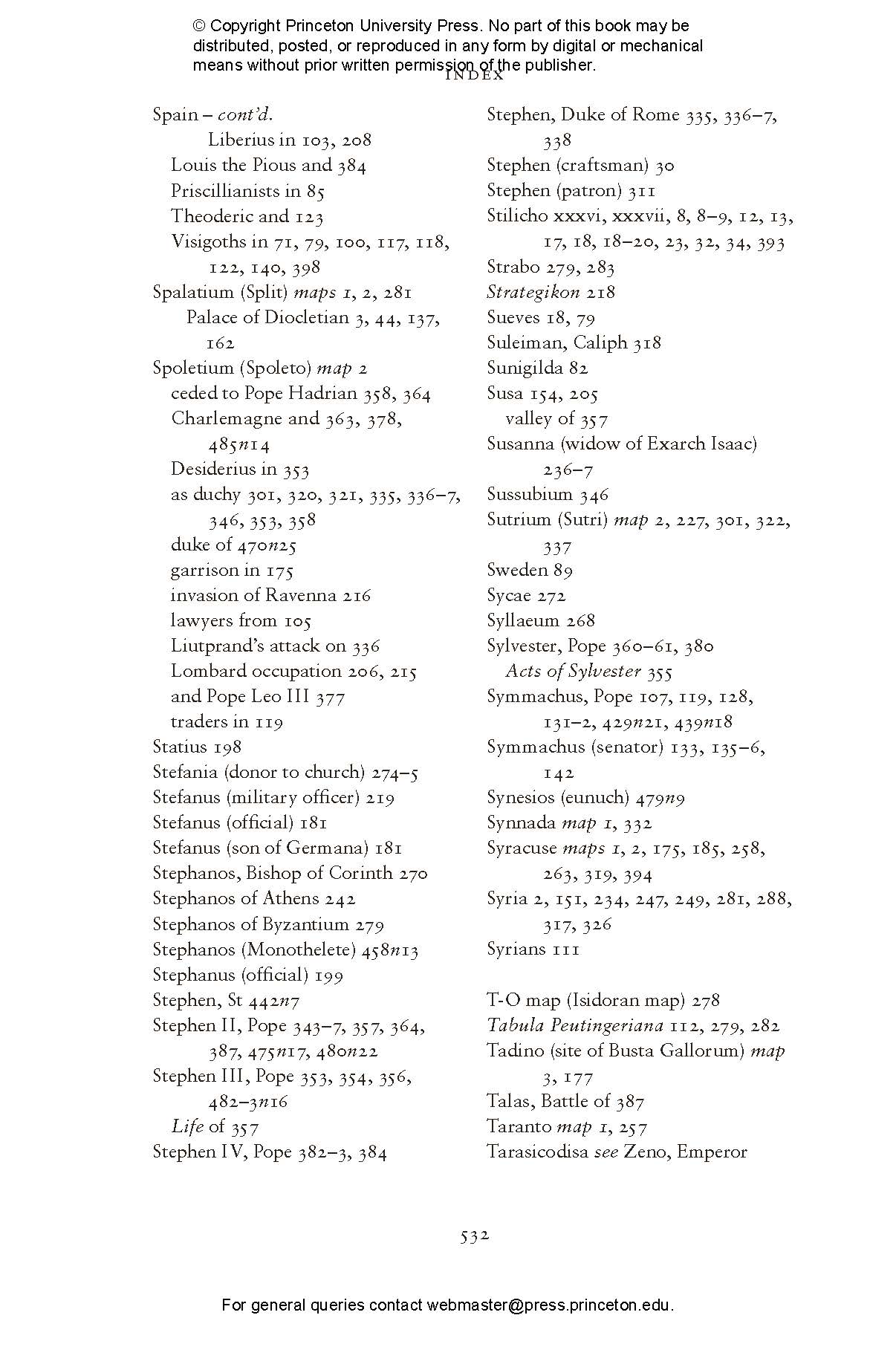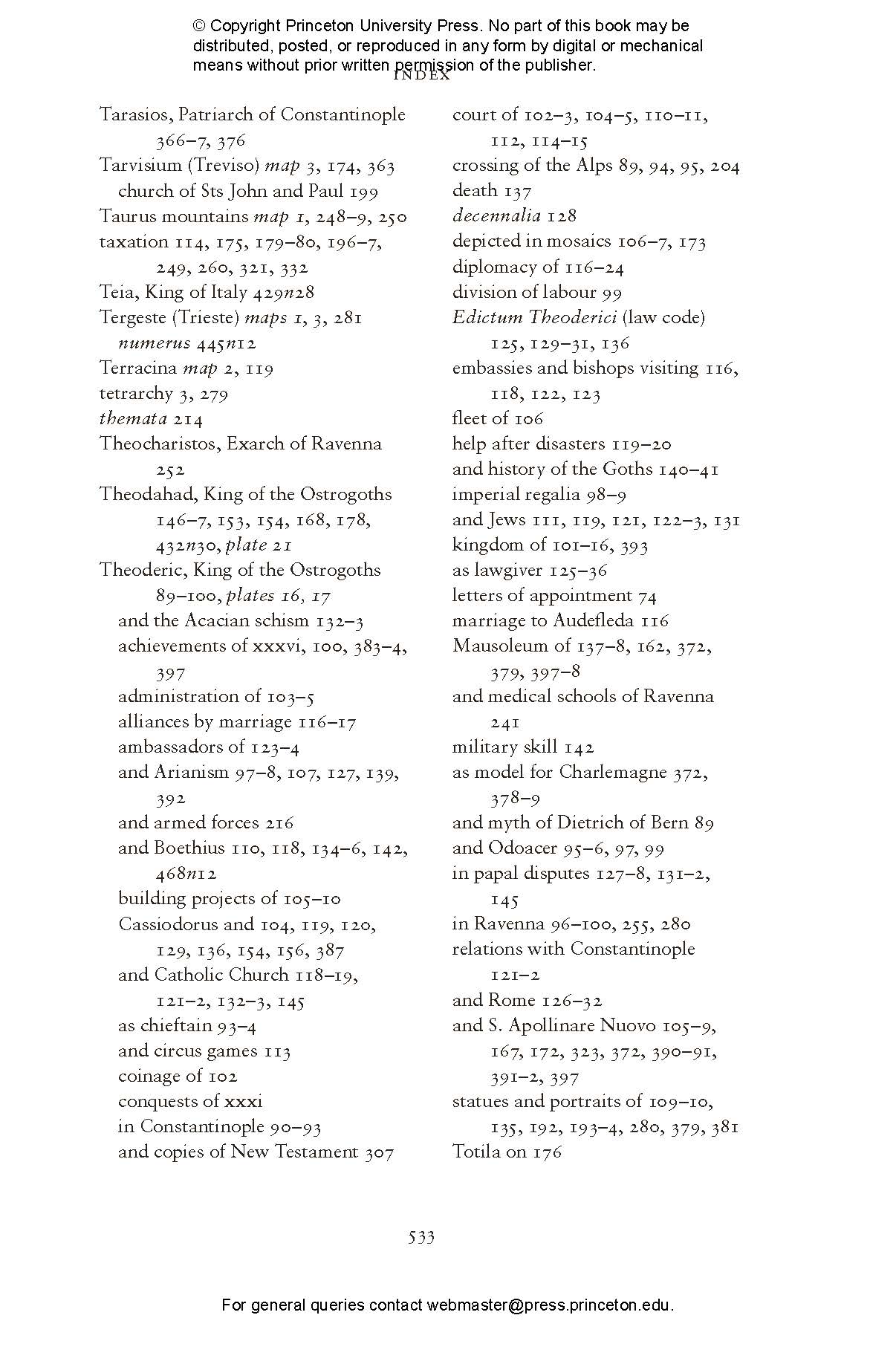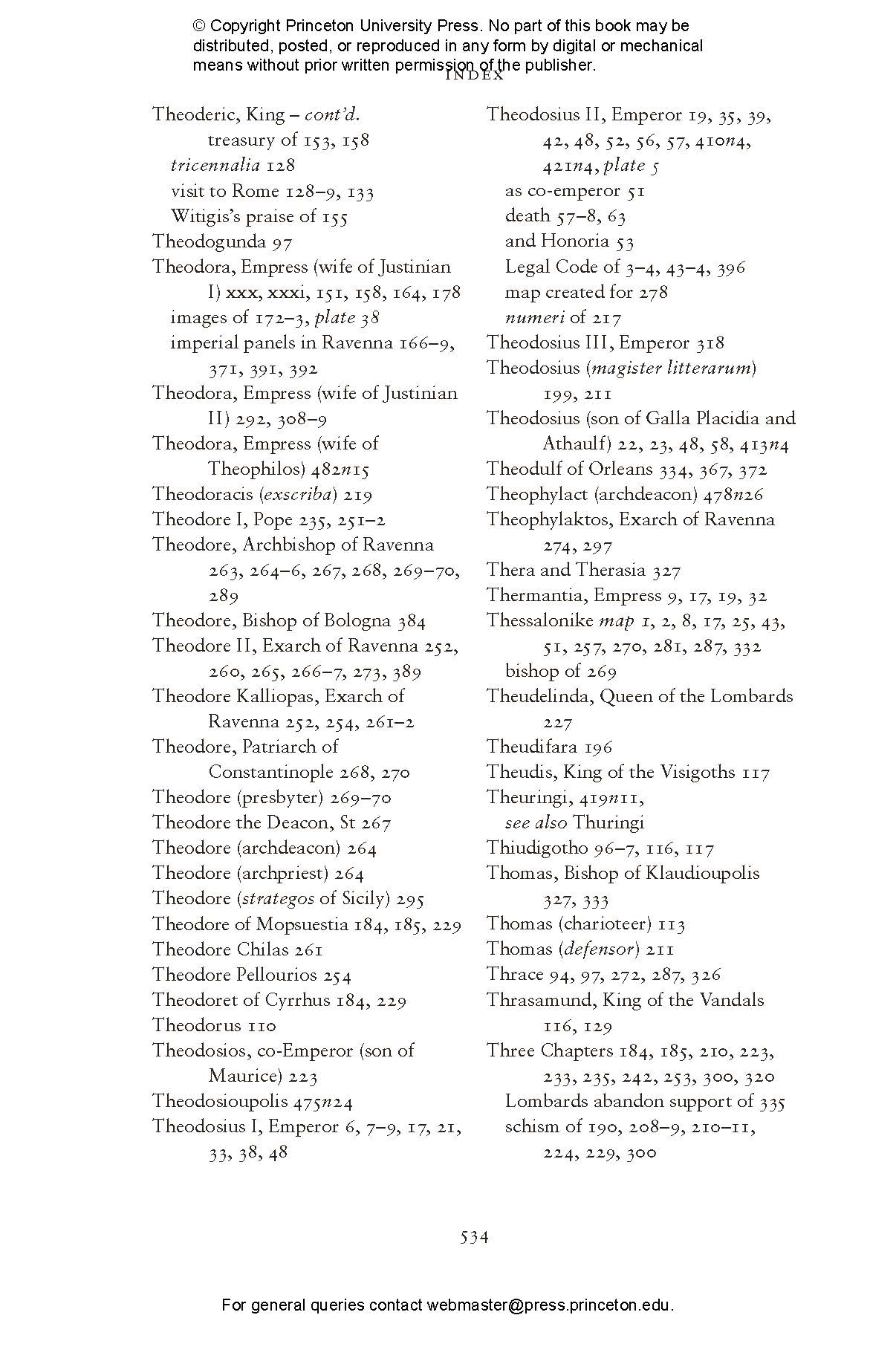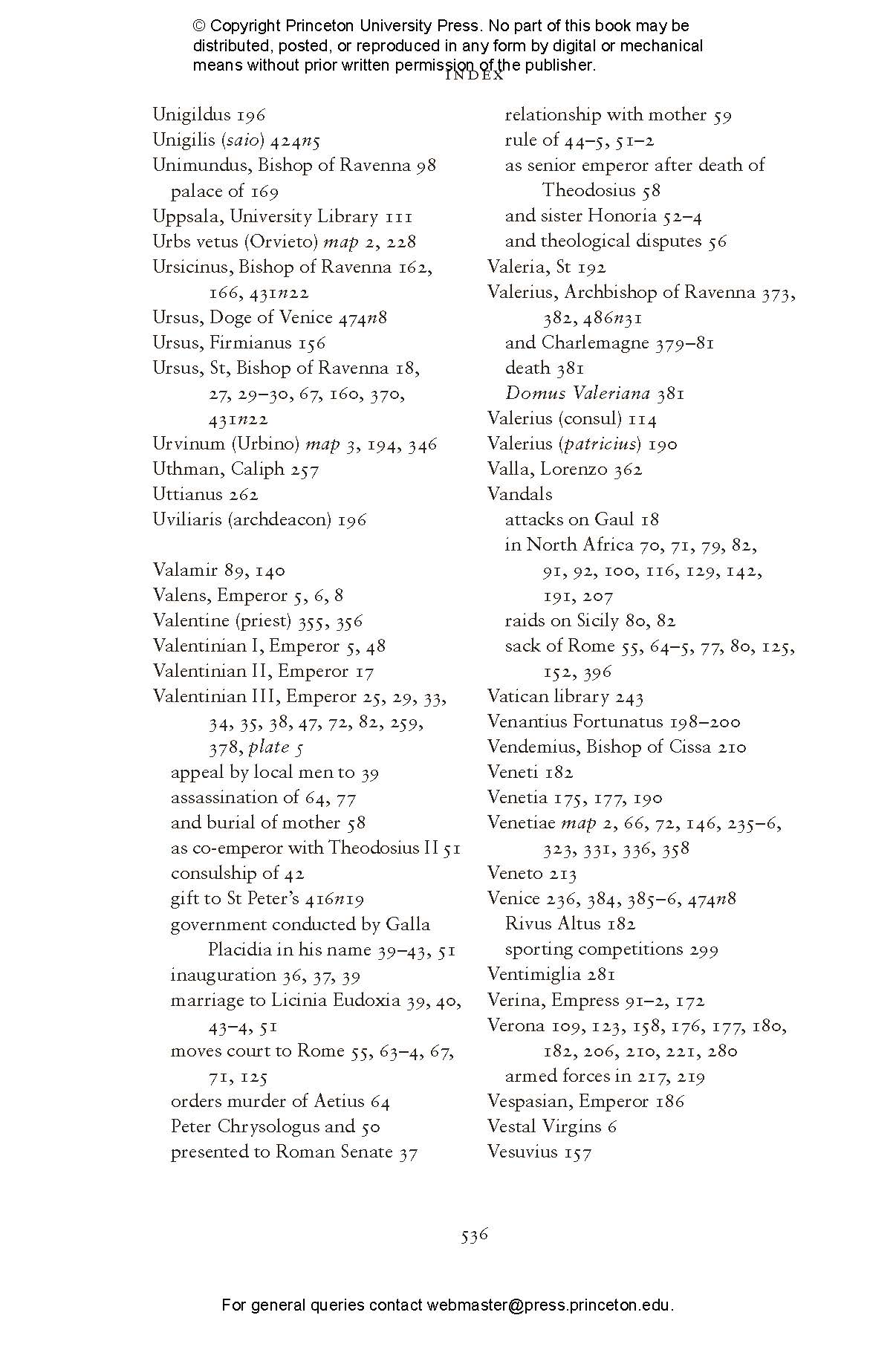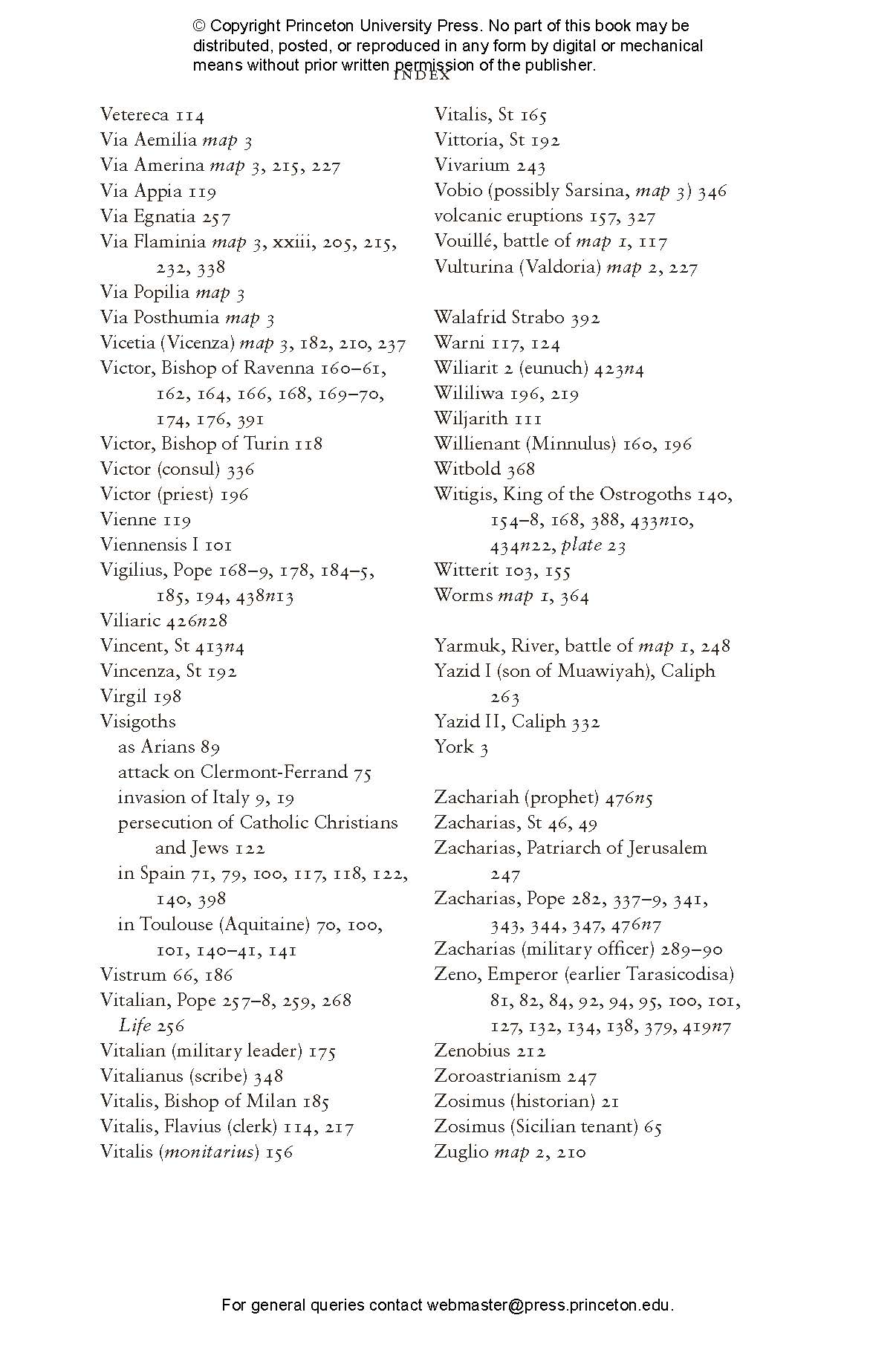At the end of the fourth century, as the power of Rome faded and Constantinople became the seat of empire, a new capital city was rising in the West. Here, in Ravenna on the coast of Italy, Arian Goths and Catholic Romans competed to produce an unrivaled concentration of buildings and astonishing mosaics. For three centuries, the city attracted scholars, lawyers, craftsmen, and religious luminaries, becoming a true cultural and political capital. Bringing this extraordinary history marvelously to life, Judith Herrin rewrites the history of East and West in the Mediterranean world before the rise of Islam and shows how, thanks to Byzantine influence, Ravenna played a crucial role in the development of medieval Christendom.
Drawing on deep, original research, Herrin tells the personal stories of Ravenna while setting them in a sweeping synthesis of Mediterranean and Christian history. She narrates the lives of the Empress Galla Placidia and the Gothic king Theoderic and describes the achievements of an amazing cosmographer and a doctor who revived Greek medical knowledge in Italy, demolishing the idea that the West just descended into the medieval “Dark Ages.”
Beautifully illustrated and drawing on the latest archaeological findings, this monumental book provides a bold new interpretation of Ravenna’s lasting influence on the culture of Europe and the West.
Awards and Recognition
- Winner of the Pol Roger Duff Cooper Prize
- Winner of the PROSE Award in European History, Association of American Publishers
- Shortlisted for the Wolfson History Prize, Wolfson Foundation
- Shortlisted for the London Hellenic Prize, The Hellenic Centre
- Longlisted for the Cundill History Prize, McGill University
"Judith Herrin explains in her lively, startling book, Ravenna really did deserve ‘the most noble’ title bestowed by this anonymous admirer. From its origins as a refuge in a dying empire, it went on to host kings and prelates, physicians and lawyers—and ultimately help shape Europe."—The Economist
"The book is absolutely gorgeous, with magnificent colour reproductions of Ravenna's churches and mosaics. Relics of an age that seems almost impossibly remote, they are the foundations on which modern Europe stands."—Dominic Sandbrook, Sunday Times
"[E]minently worth reading. The colour plates are so sumptuous that the Ravenna mosaics fairly glow on the page. History teaches us that it is on the margins that the greatest change often occurs. Ravenna was on such a margin. Now, perhaps for the first time, the city emerges triumphant from the shadow of the so-called Dark Ages."—Ian Thomson, The Spectator
"Aficionados of early medieval history—and of course Ravenna itself—will learn much from Herrin’s work."—Kirkus Reviews
"Beautifully illustrated, impeccably researched and accessibly presented, it traces Ravenna's career as the capital of the Roman empire in the west. . . . Buildings are also brought to life alongside the people who built and used them. . . . It is this linking of tangible remains and historical record that is the book's great strength."—Jonathan Harris, BBC History Magazine
"Herrin tells the changing story of Ravenna as it unfolds from the end of the fourth century to the ninth in a series of short, accessible sections with the aid of luscious illustrations."—Averil Cameron, History Today
"Judith Herrin’s book [Ravenna] explains by recounting the city’s life from 402, when it became the capital of the Roman Empire in the West, to 751, when the Lombards took over. The story is not, she emphasises, one of decline, but of rebirth, for Ravenna established what European Christendom could become. . . . By the time we can easily visit Ravenna the city again it should be with the advantage of having read Ravenna the book."—Christopher Howse, The Telegraph
"[Ravenna] is absolutely gorgeous, with magnificent colour reproductions of Ravenna’s churches and mosaics. Relics of an age that seems almost impossibly remote, they are the foundations on which modern Europe stands."—Dominic Sandbrook, The Times
"Bold. . . . elegantly argue[d]."—New Yorker
"Magnificent. . . recaptures the excitement of discovering the history of a city where East Rome and Latin Europe joined for many centuries in ways that defy our neat divisions between ancient and medieval; Romans, Greeks, and barbarians; East and West.
"—Peter Brown, New York Review of Books
"A sweeping and engrossing history . . . an accessible narrative that brings to life the men and women who created the city during this period and who fashioned its hybrid Christian culture of Latin, Greek and Gothic elements. The narrative is periodically elevated by discussions of the city’s most famous attractions and its glorious churches, brilliantly illustrated in the book’s 62 color plates. It is also enlivened by recurring digressions on daily life in the city at each phase in its history."—Anthony Kaldellis, Wall Street Journal
"[T]ake [Judith] Herrin’s book slowly. It’s not a skimmer. There’s a lot to absorb. A careful, patient read best reveals the book’s richness."—Brian T. Allen, National Review
"Judith Herrin’s Ravenna sparkles like the city’s world-heritage mosaics . . . [this] sweeping social and cultural history is presented in easily digestible sections and augmented with lavish illustrations."—Michael Champion, Australian Book Review
"A masterwork of scholarship and sharp intelligence."—Neal Ascherson, Red Pepper
"Herrin’s study and its admirable illustrations are well worth readers’ attention . . . . An informative and enjoyable book."—Catharine S. Brosman, Chronicles Magazine
"Judith Herrin tells its fascinating history and presents a parade of forceful and creative characters with great insight and a wonderfully light touch, in a book as beautifully produced as it is profoundly researched."—R.I. Moore, author of The War on Heresy
"Magisterial—an outstanding book that shines a bright light on one of the most important, interesting, and under-studied cities in European history. A masterpiece."—Peter Frankopan, author of The Silk Roads: A New History of the World
"A meticulous guide to a fascinating historical period. Particularly impressive is Herrin's treatment of some of the great characters associated with Ravenna, whose lives she examines with insight, empathy, and an eye for revealing detail."—T. S. Brown, author of Gentlemen and Officers: Imperial Administration and Aristocratic Power in Byzantine Italy, AD 554–800
"A masterwork by one of our greatest historians of Byzantium and early Christianity. Judith Herrin tells a story that is at once gripping and authoritative and full of wonderful detail about every element in the life of Ravenna. Impossible to put down."—David Freedberg, author of The Power of Images
"This brilliant biography of Ravenna is essential reading for anyone who would understand the transformation of the Roman world."—Patrick Geary, author of The Myth of Nations: The Medieval Origins of Europe
"A wonderful new history of the Mediterranean from the fifth to eighth century through a lens focused on Ravenna, gracefully and clearly written, which reconceptualizes what was 'East' and what was 'West.'"—Caroline Goodson, author of The Rome of Pope Paschal I
"This is a masterful study as splendid as Ravenna's mosaics. Bringing to new life the city and the people who shaped it, Herrin explores Ravenna's role as a rival of Rome, a Byzantine outpost in the West, and a model for Charlemagne's imperial aspirations—in short, as a crucible of Europe."—Claudia Rapp, author of Brother-Making in Late Antiquity and Byzantium: Monks, Laymen, and Christian Ritual
